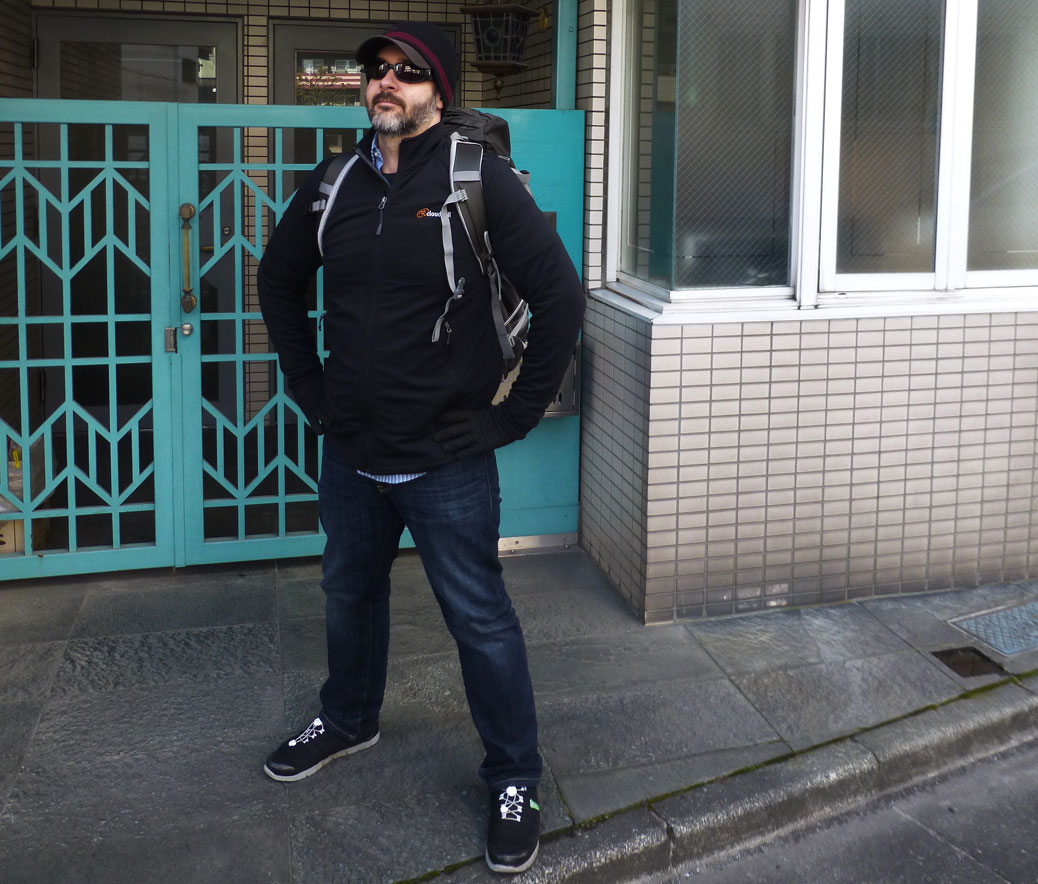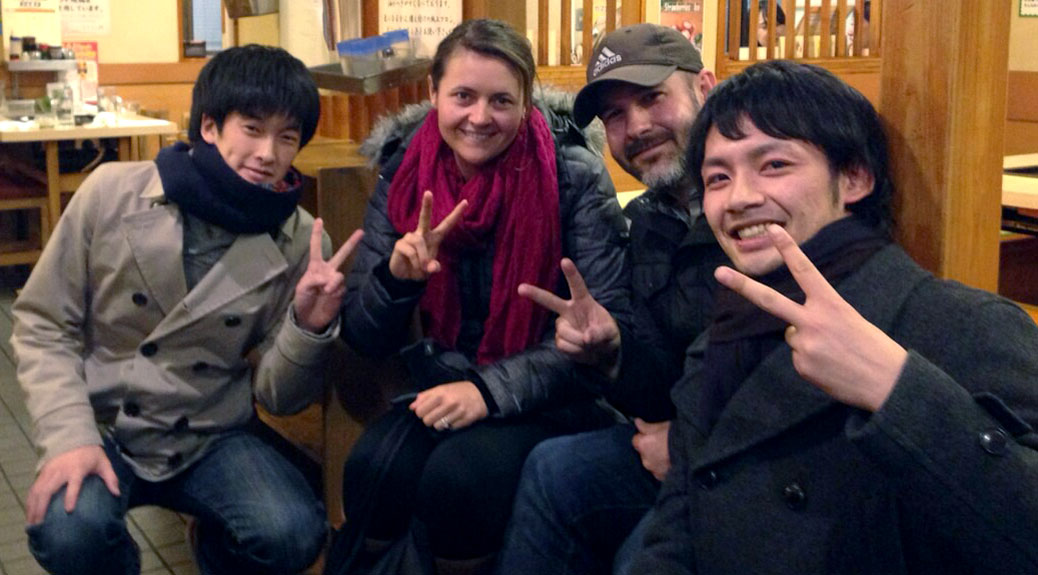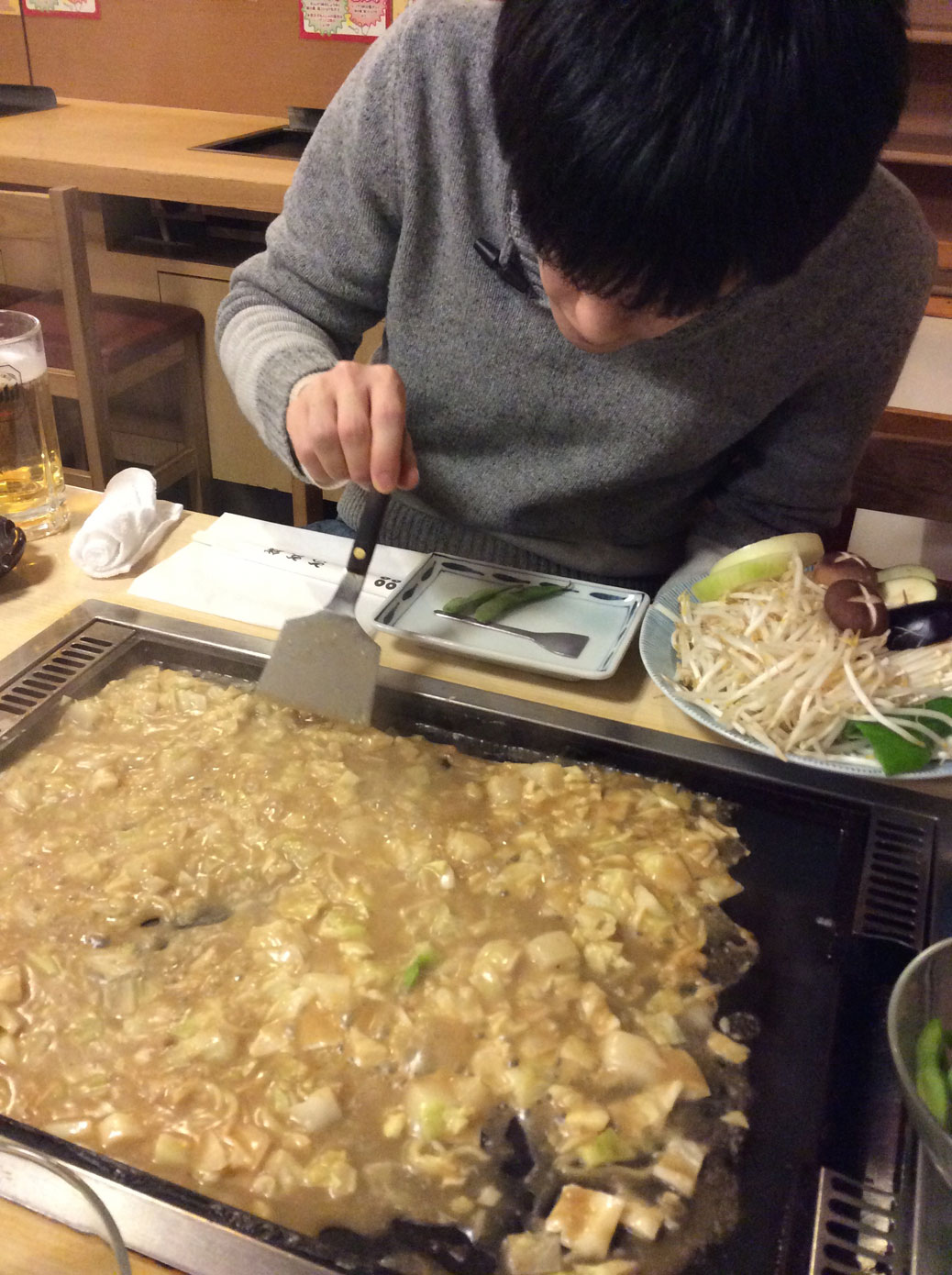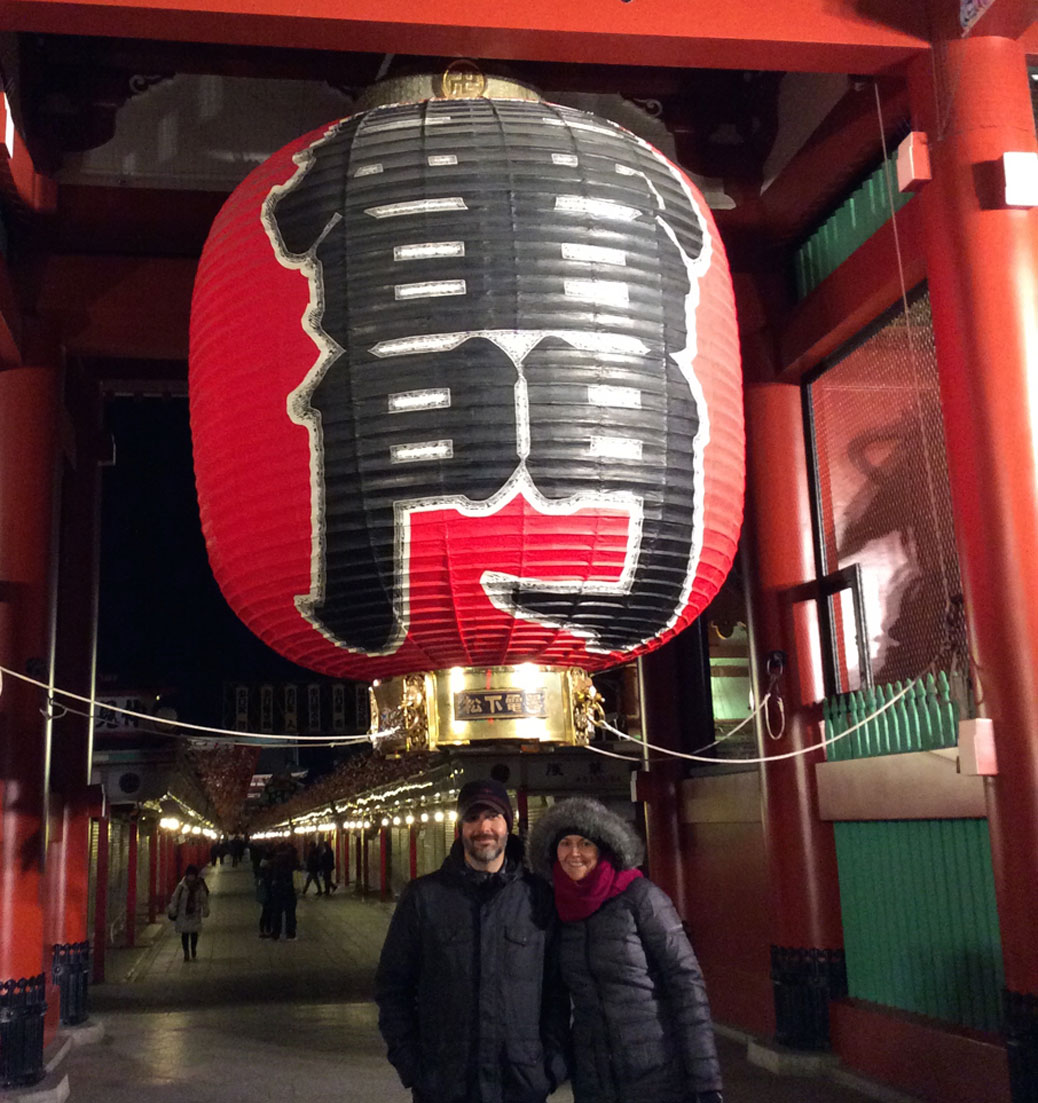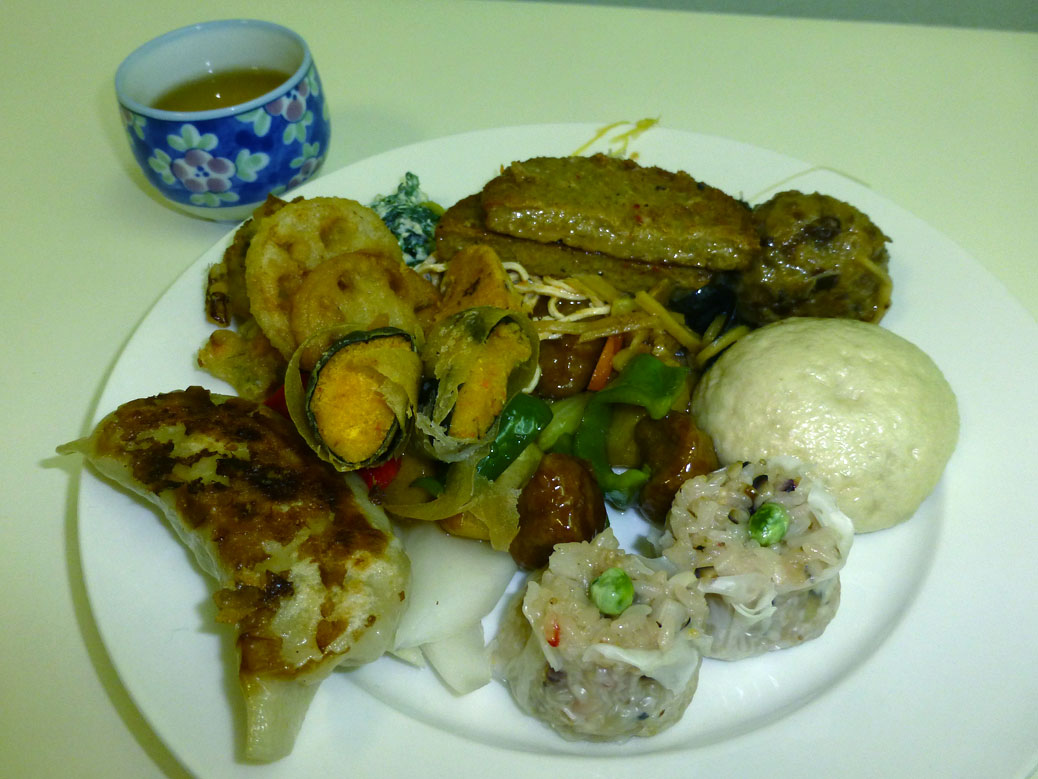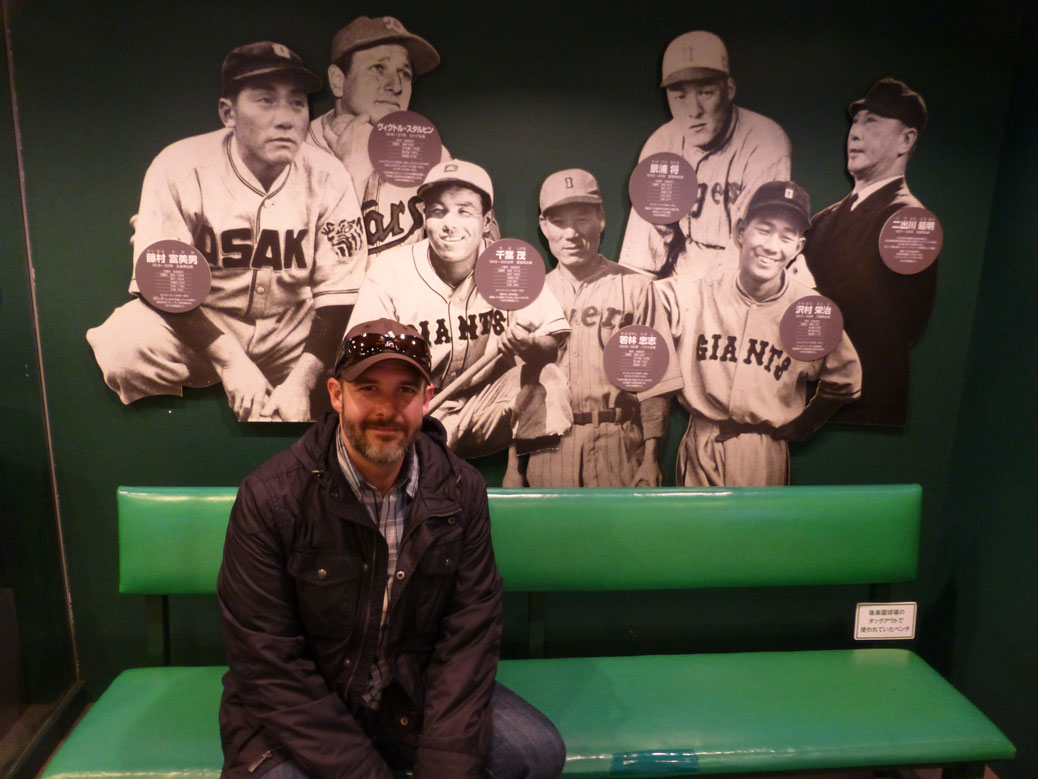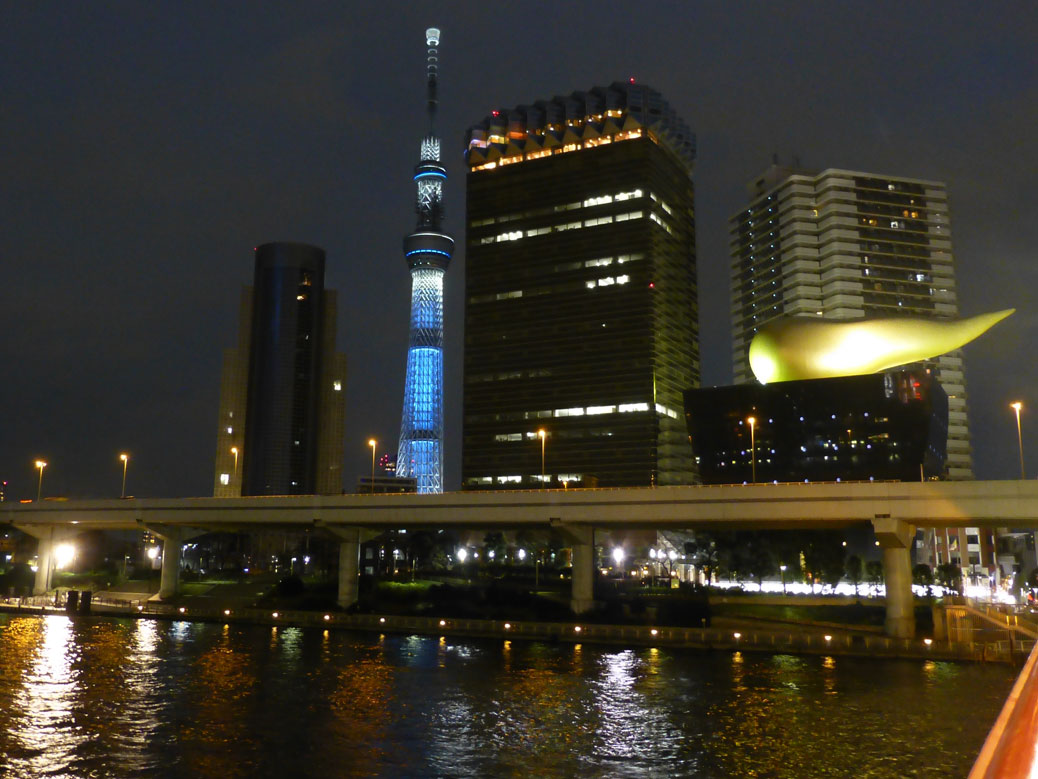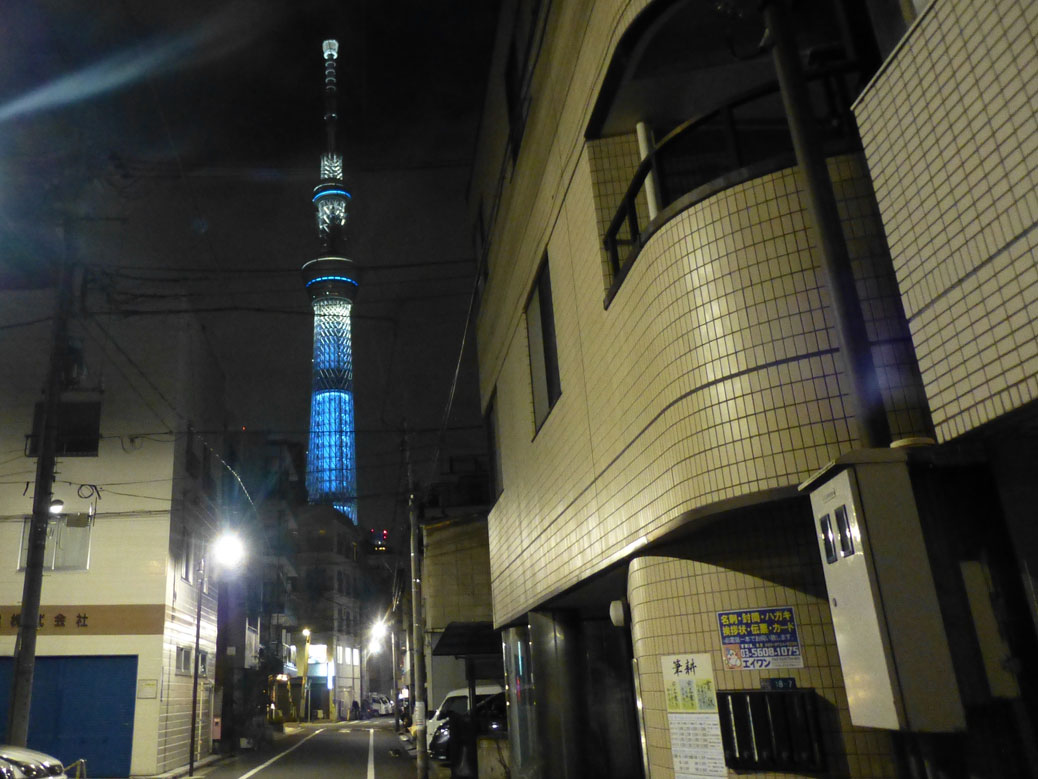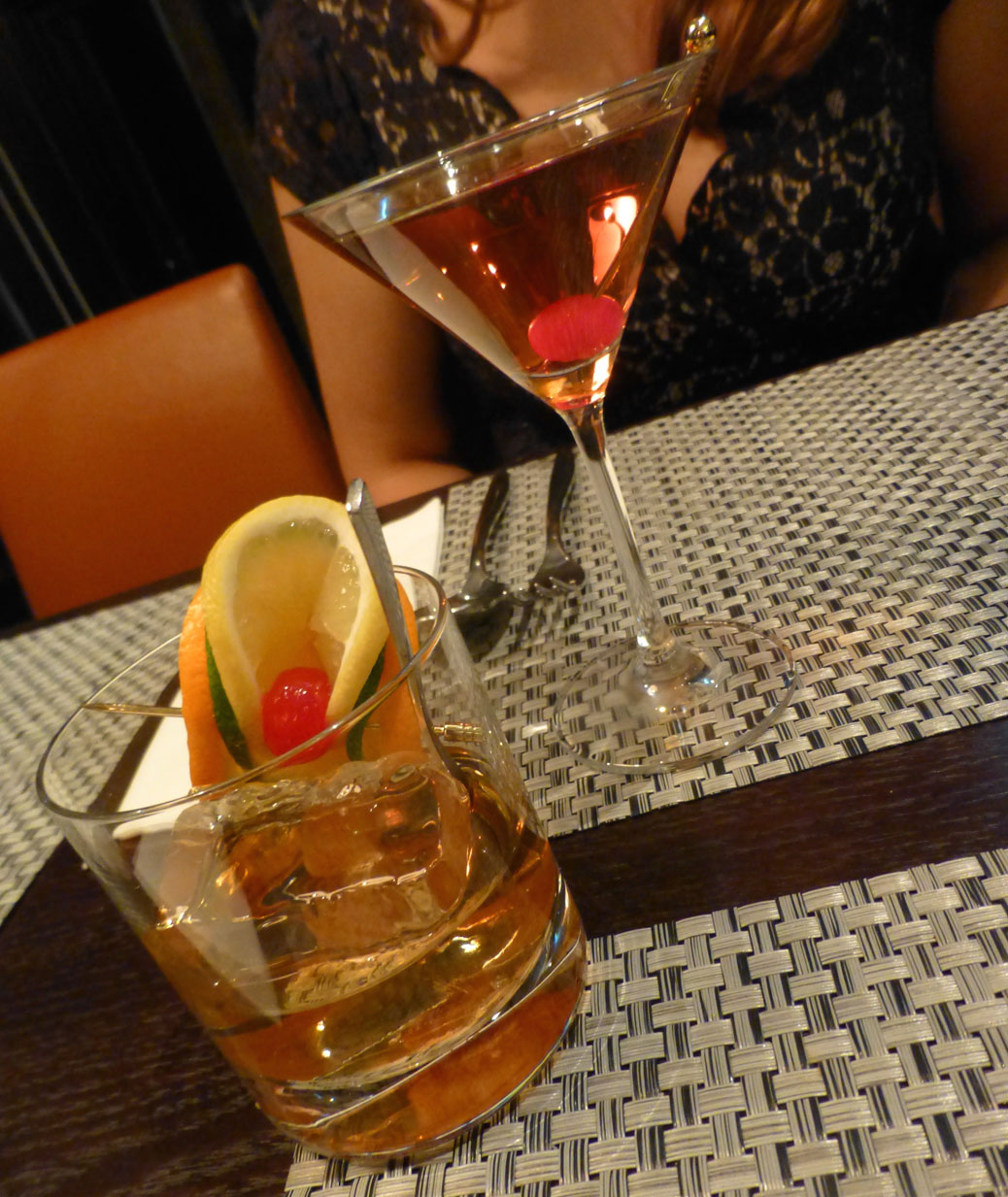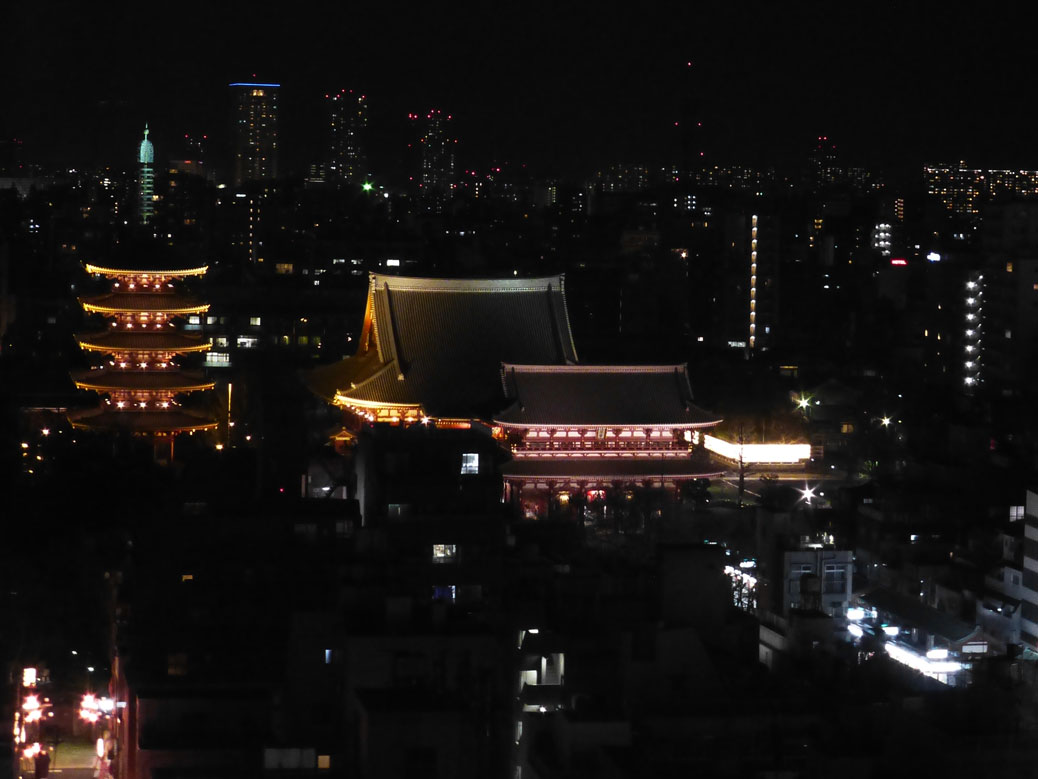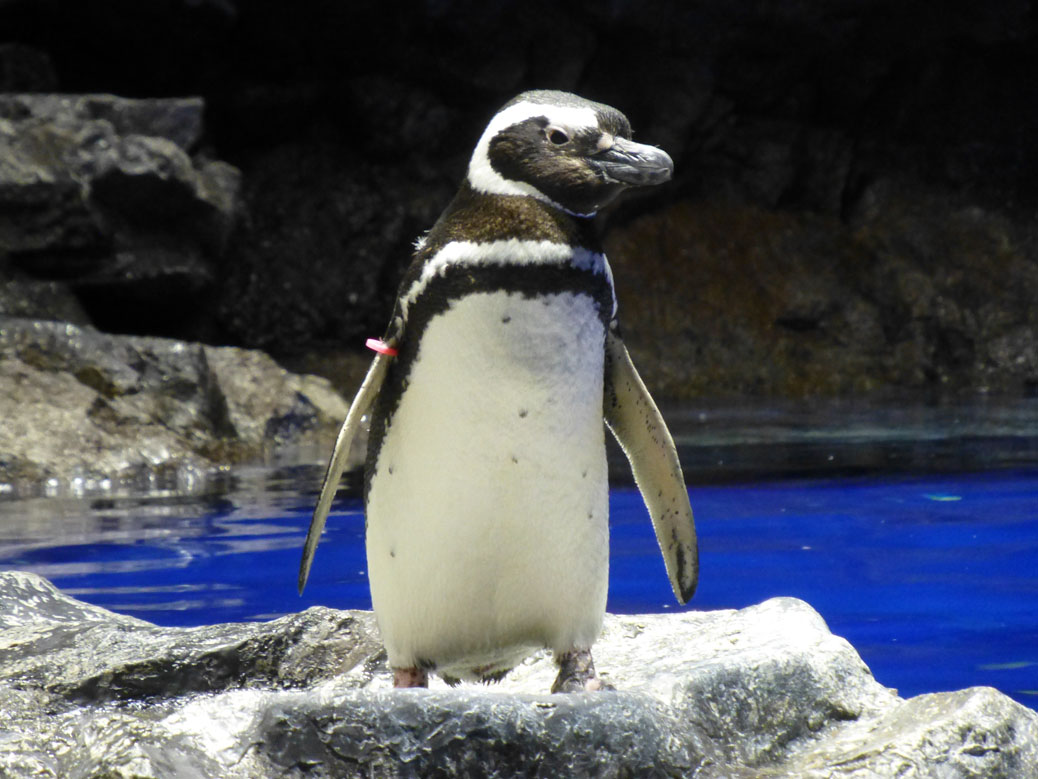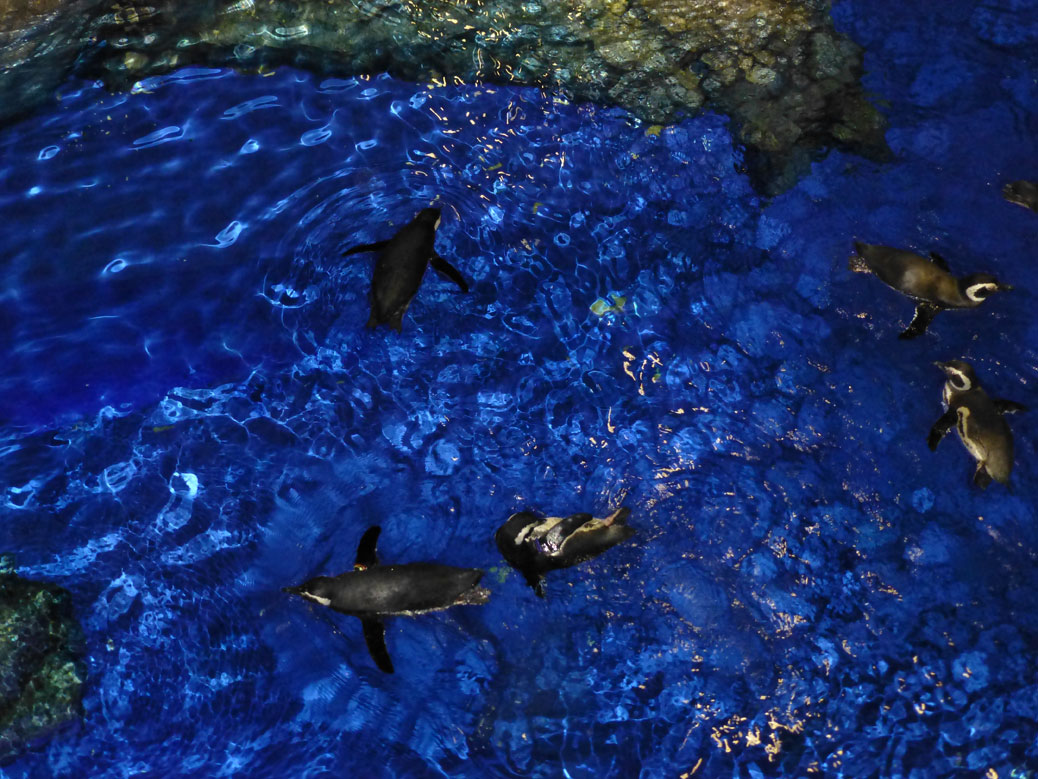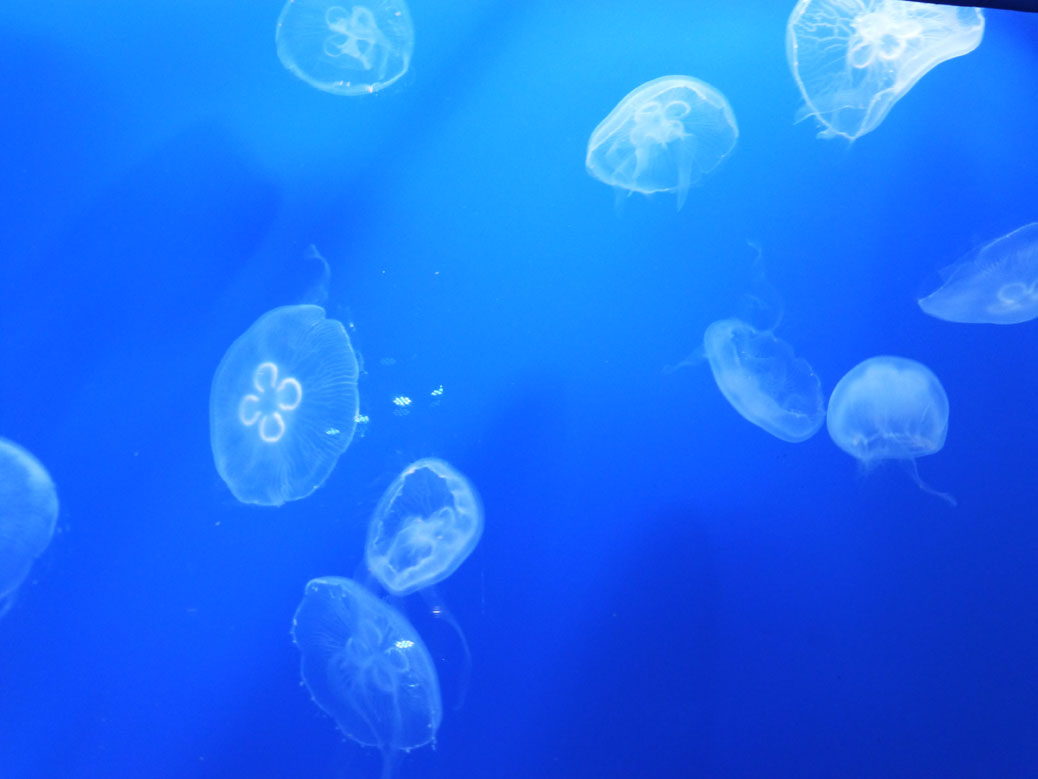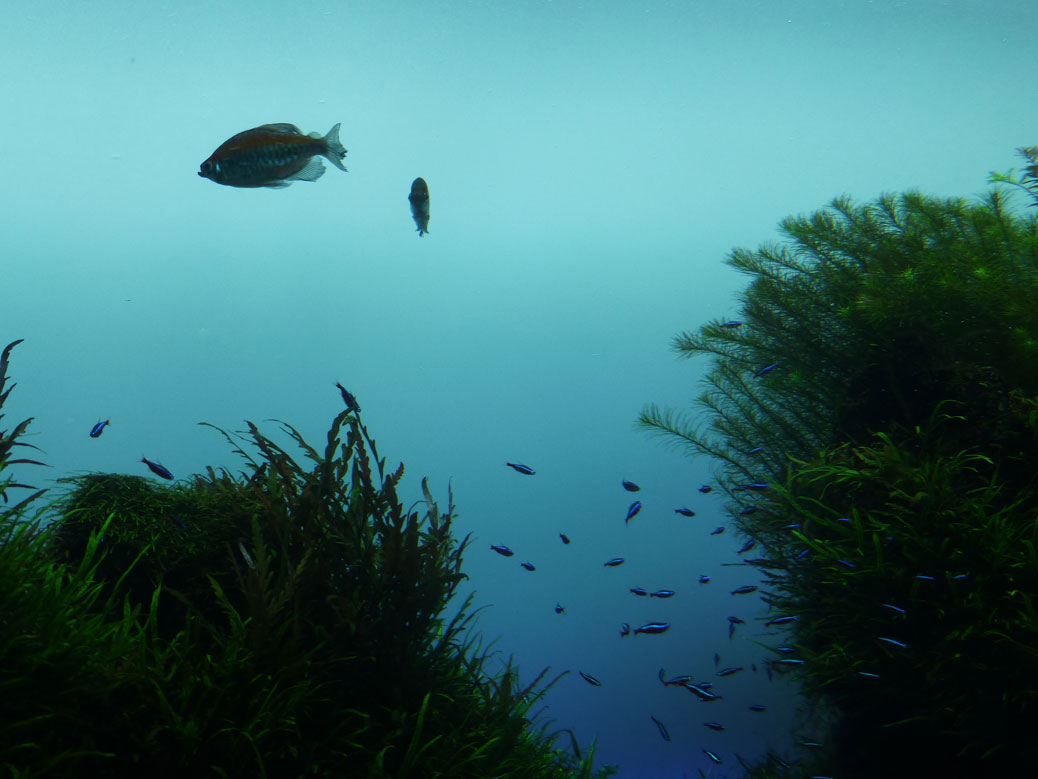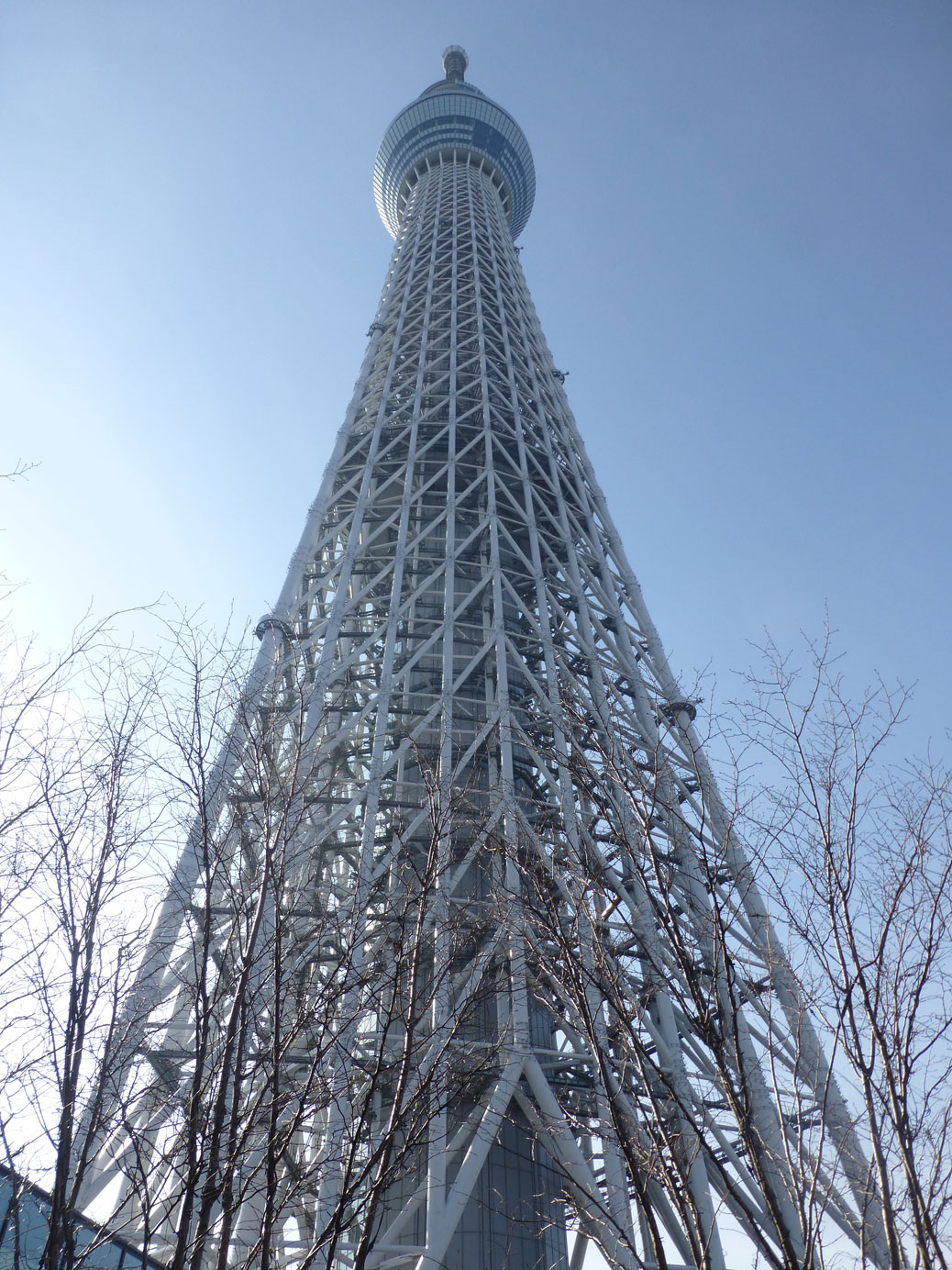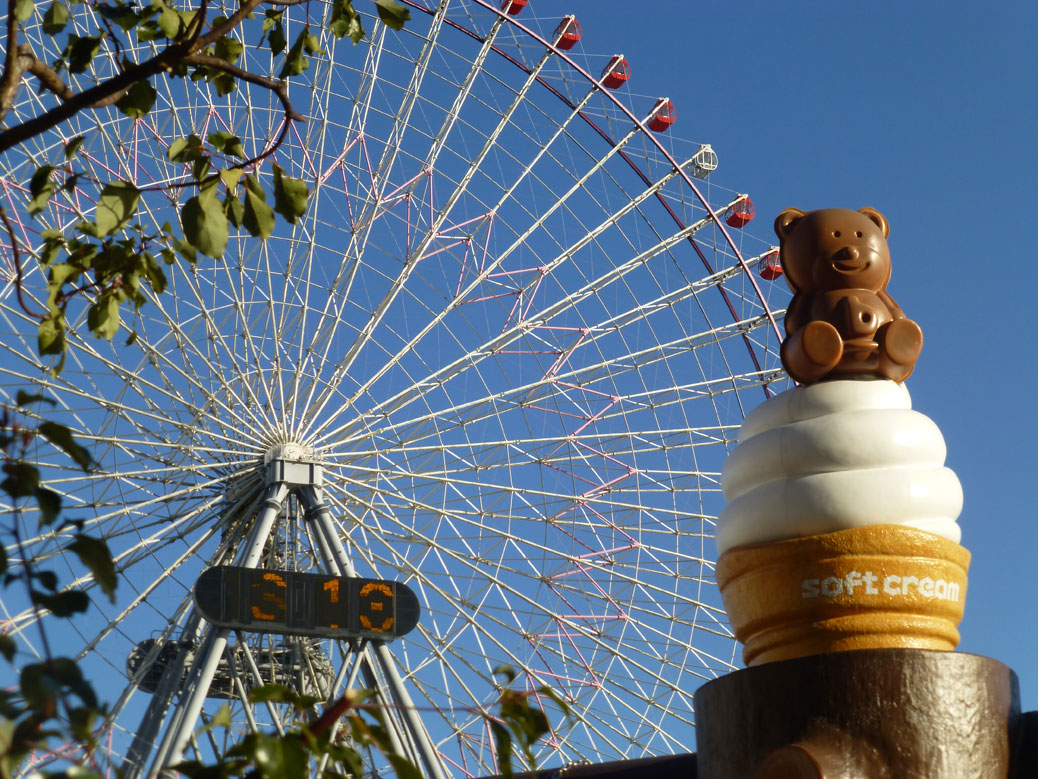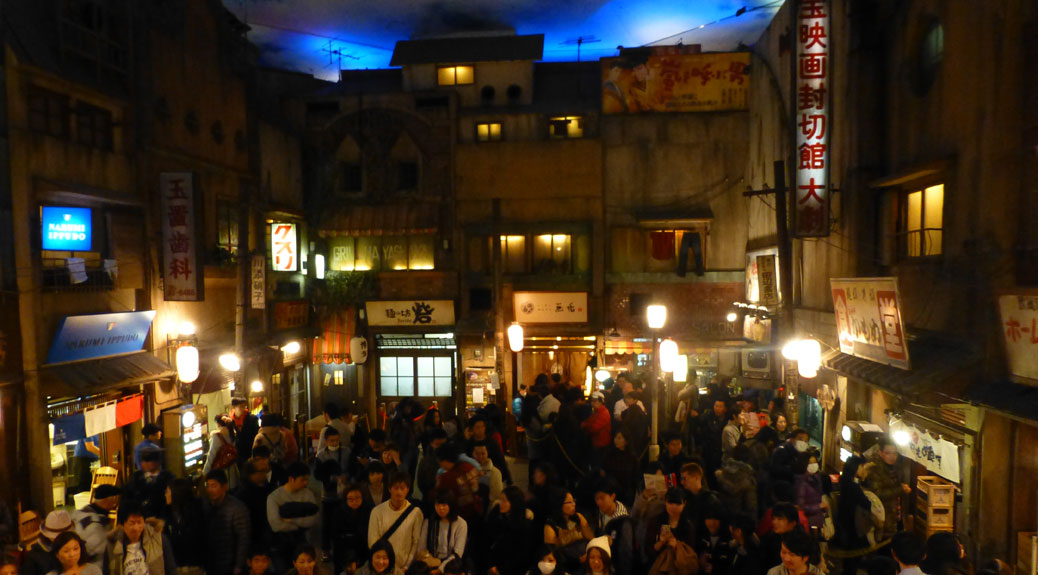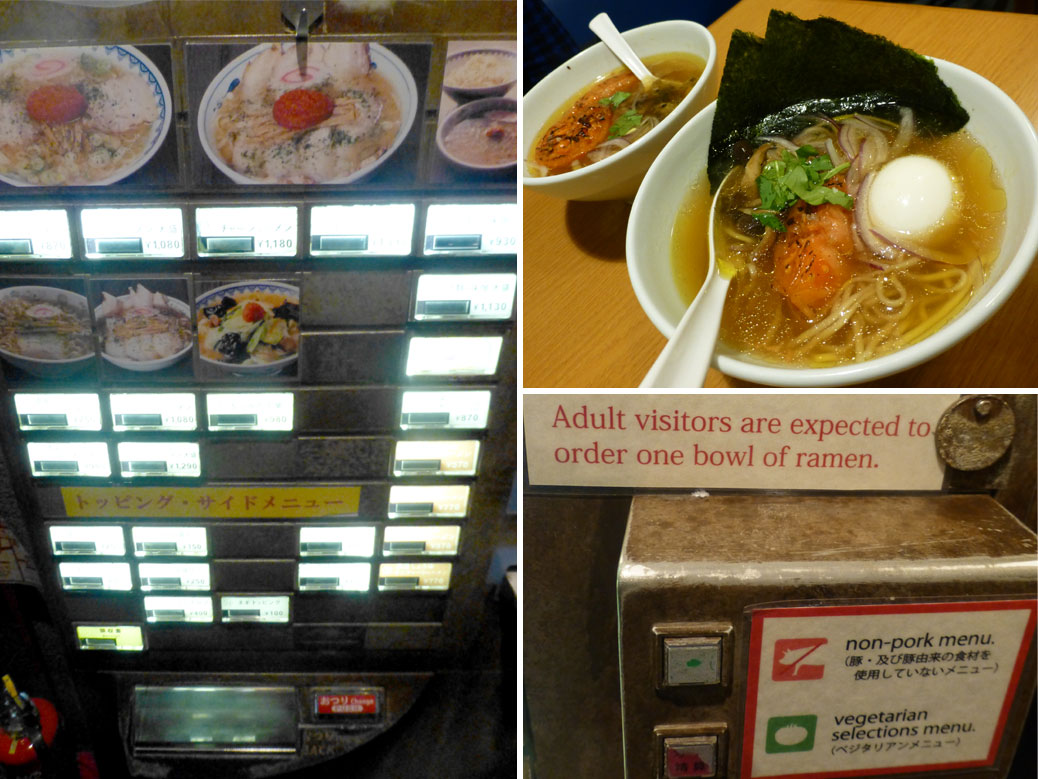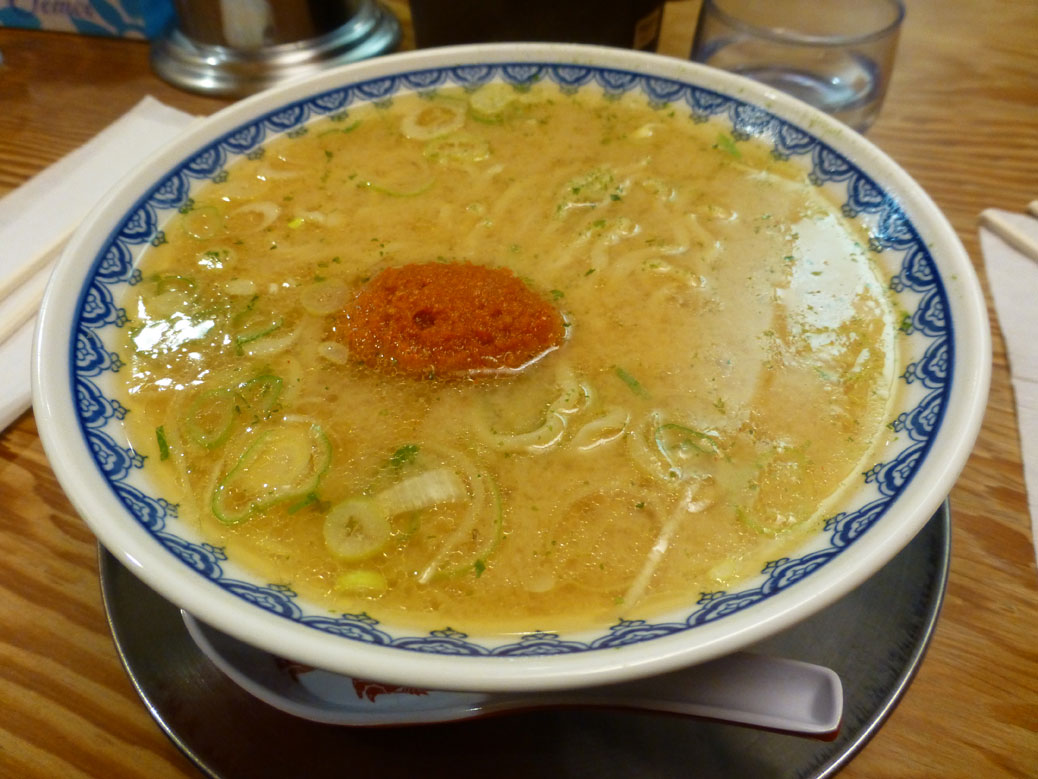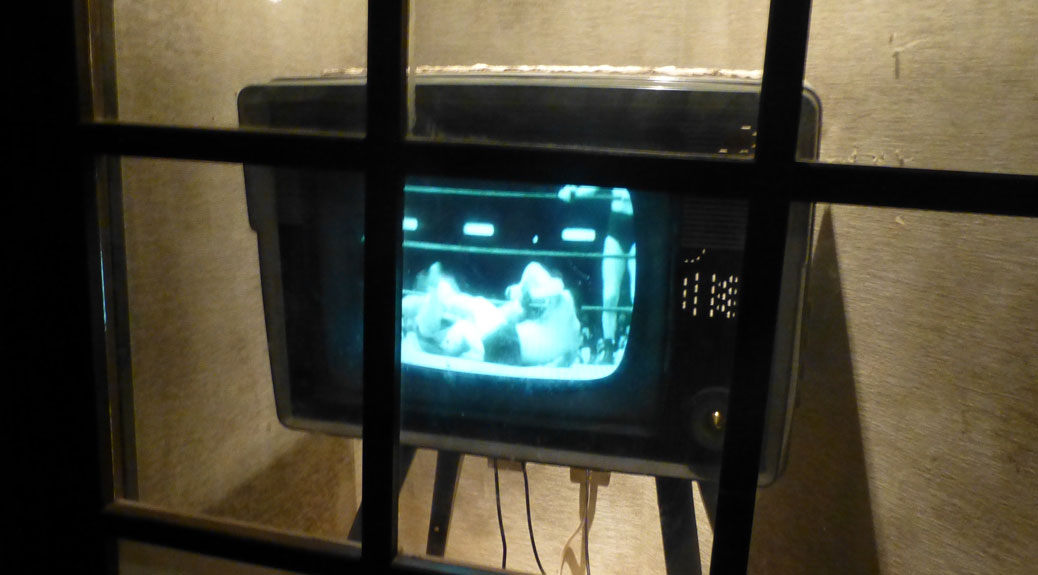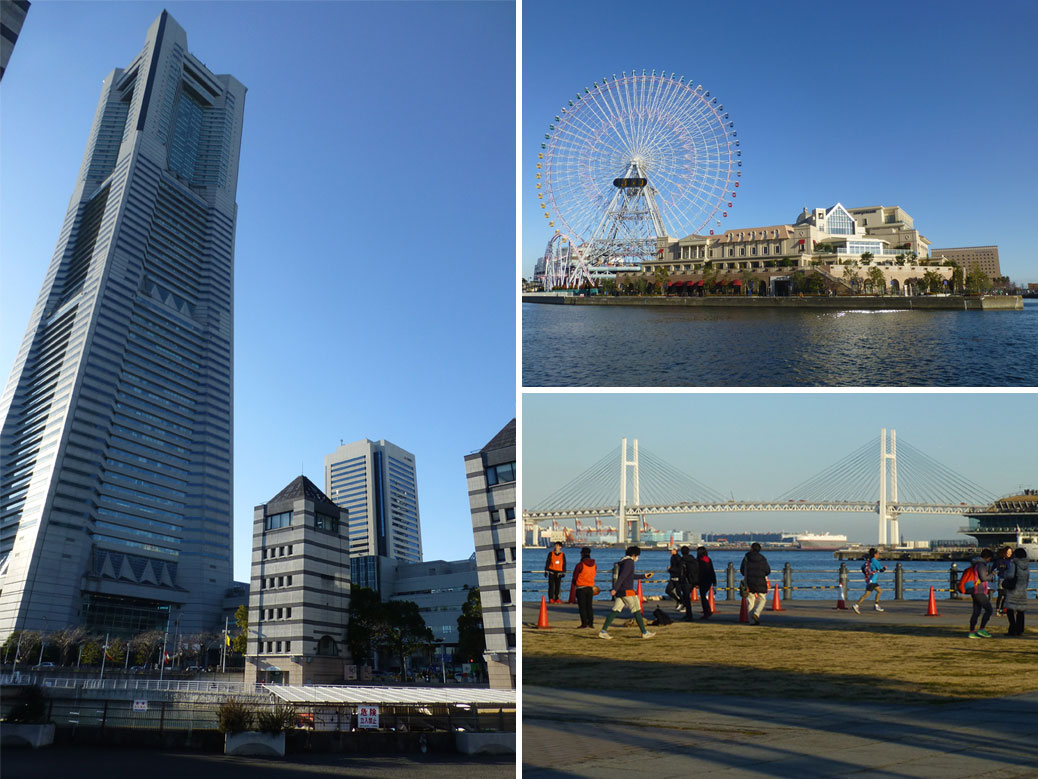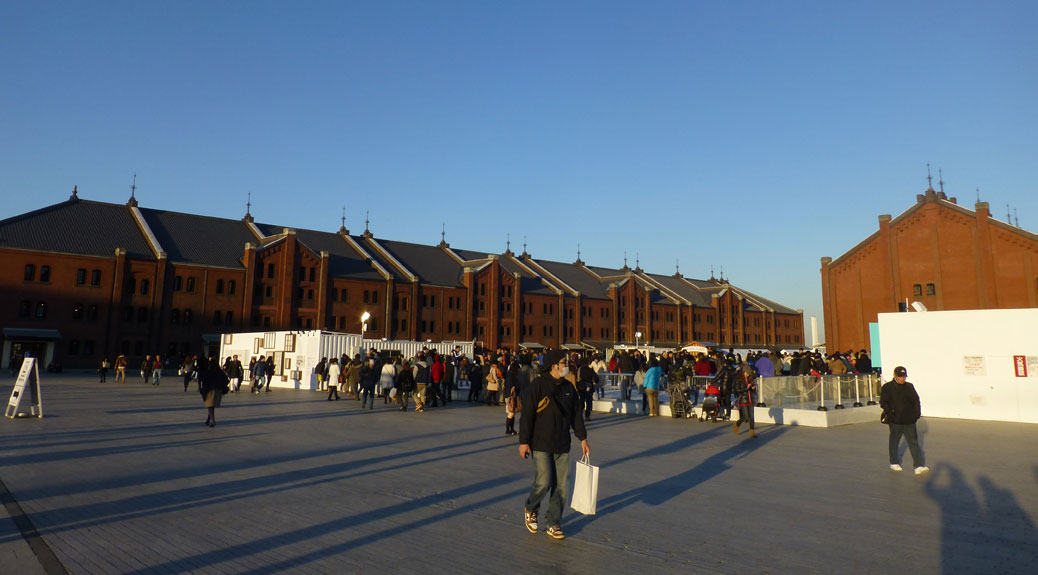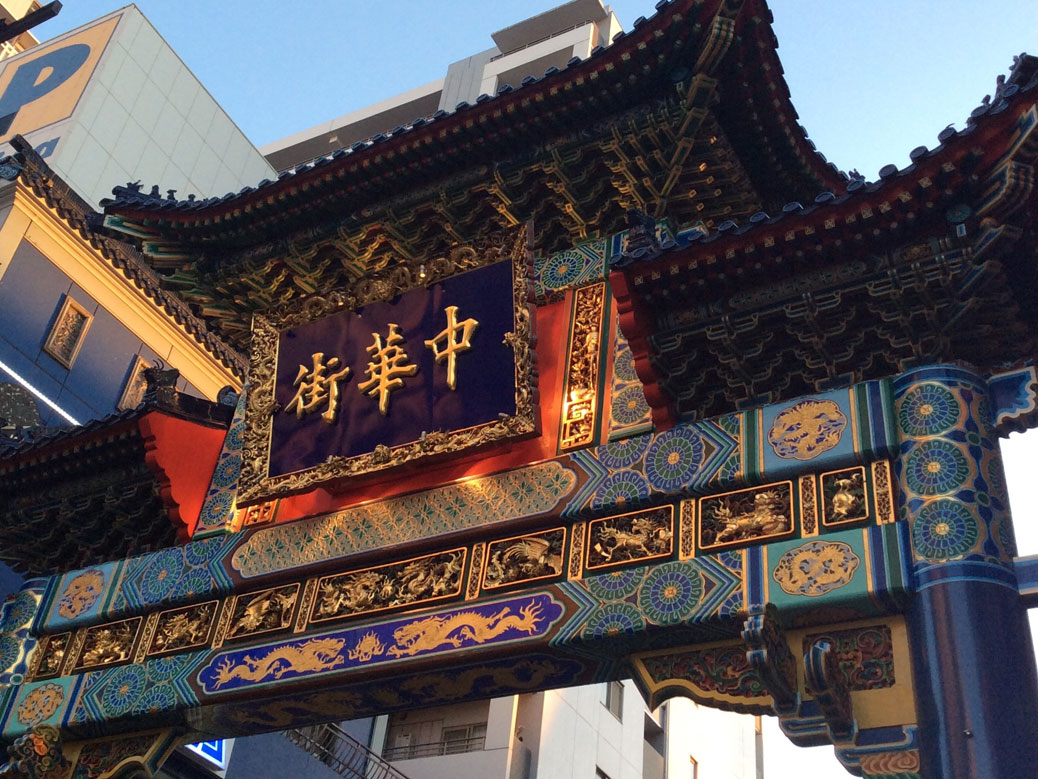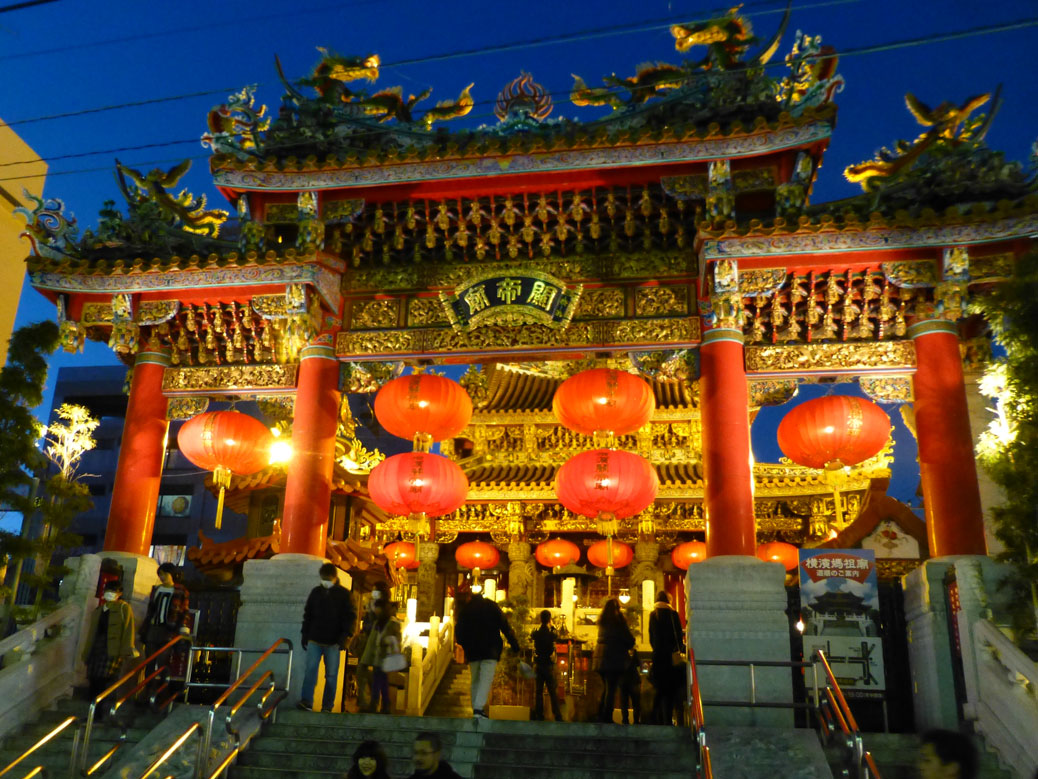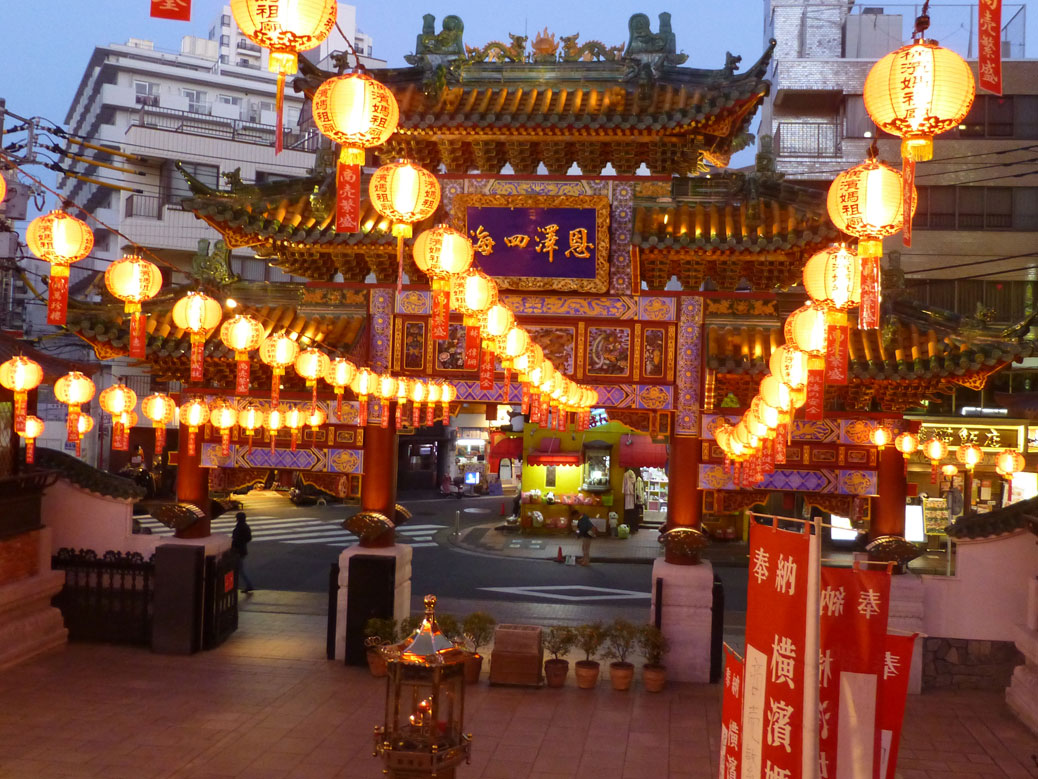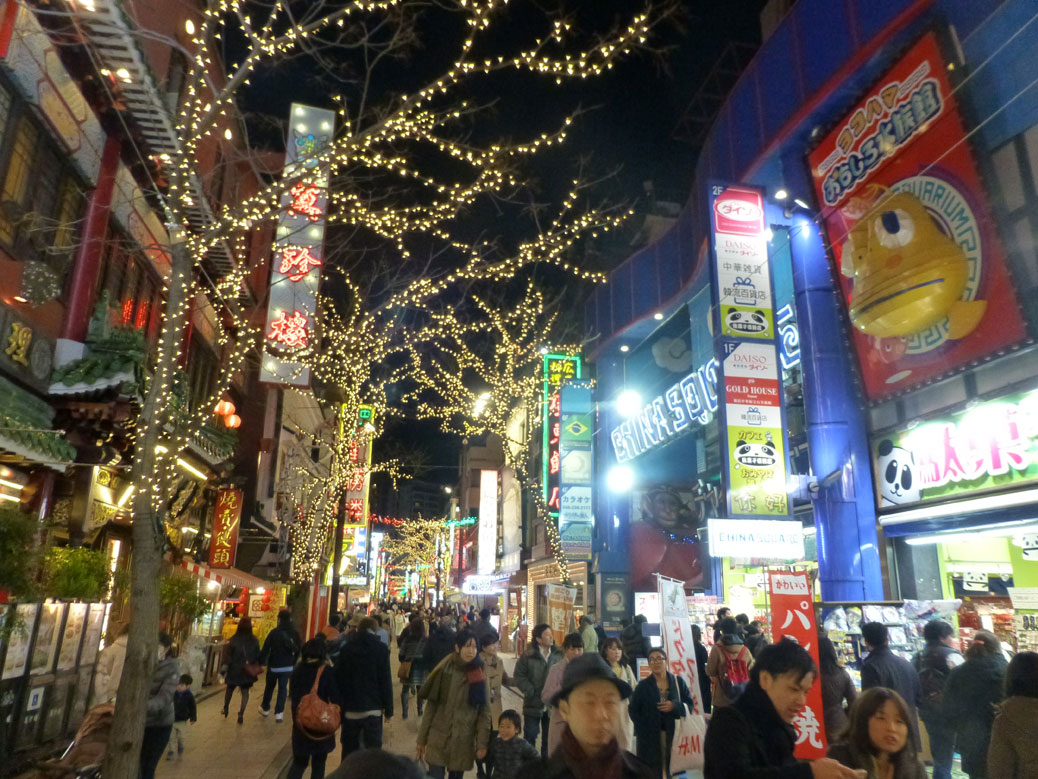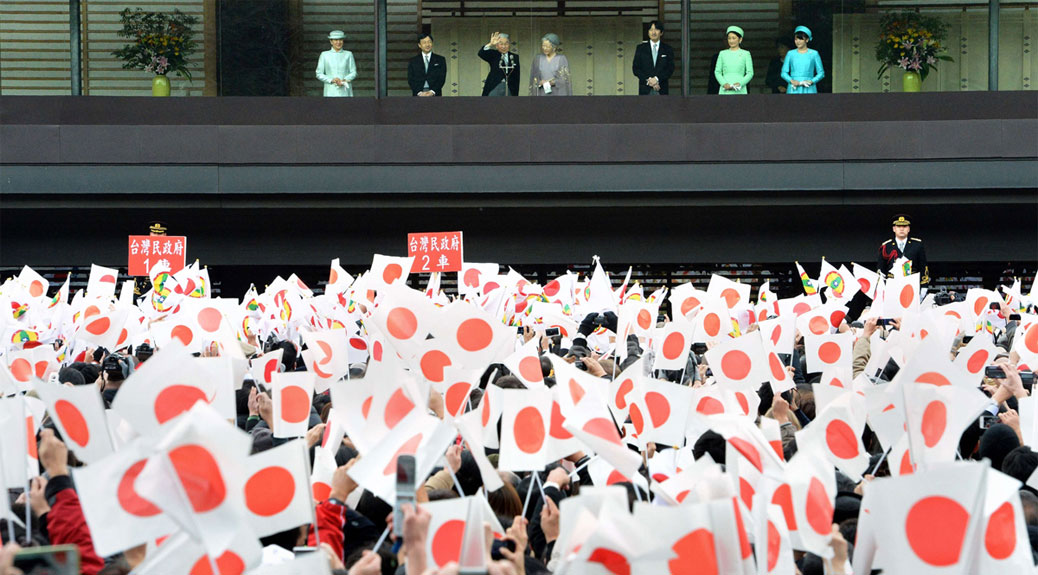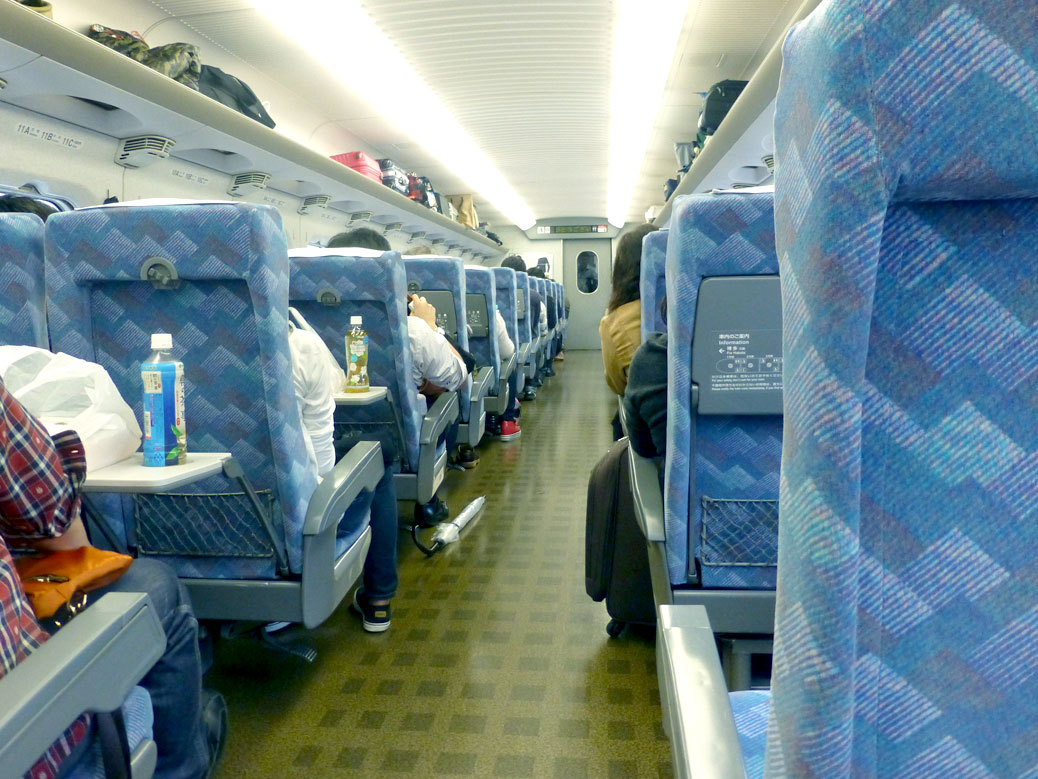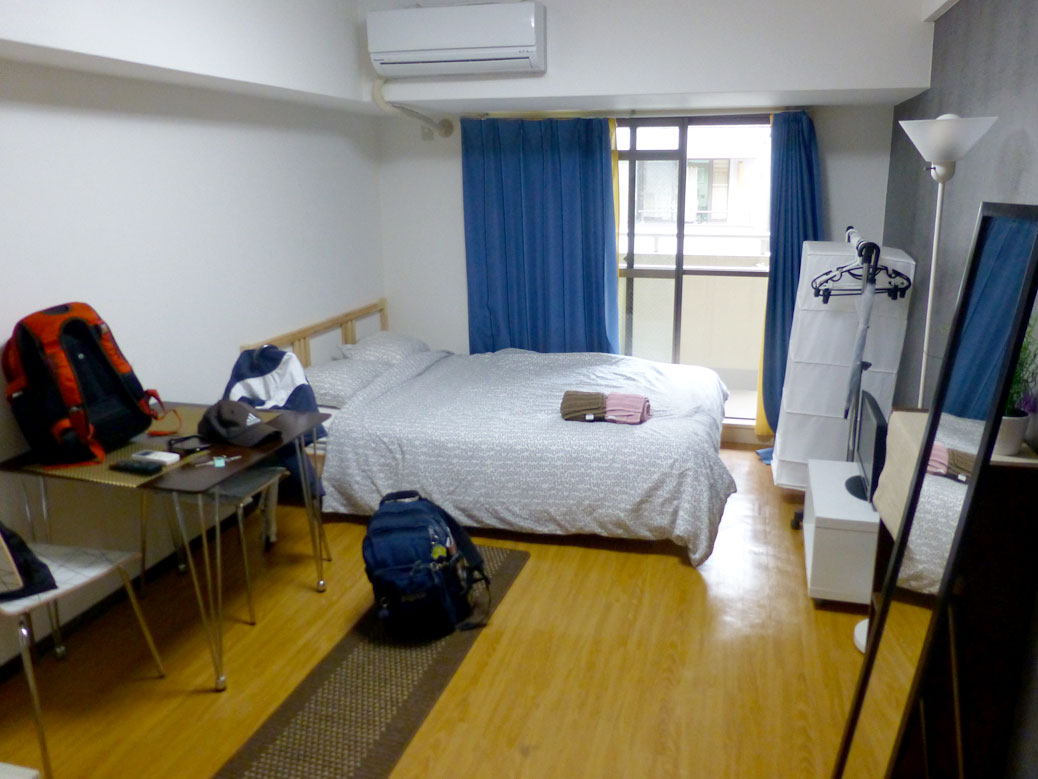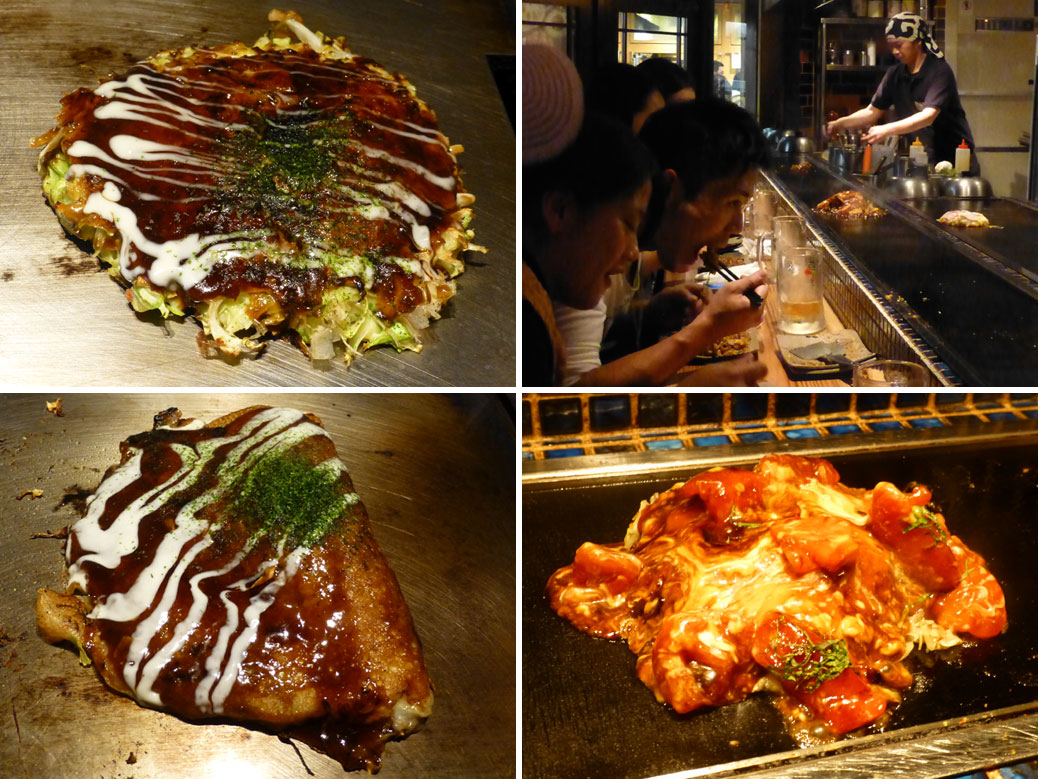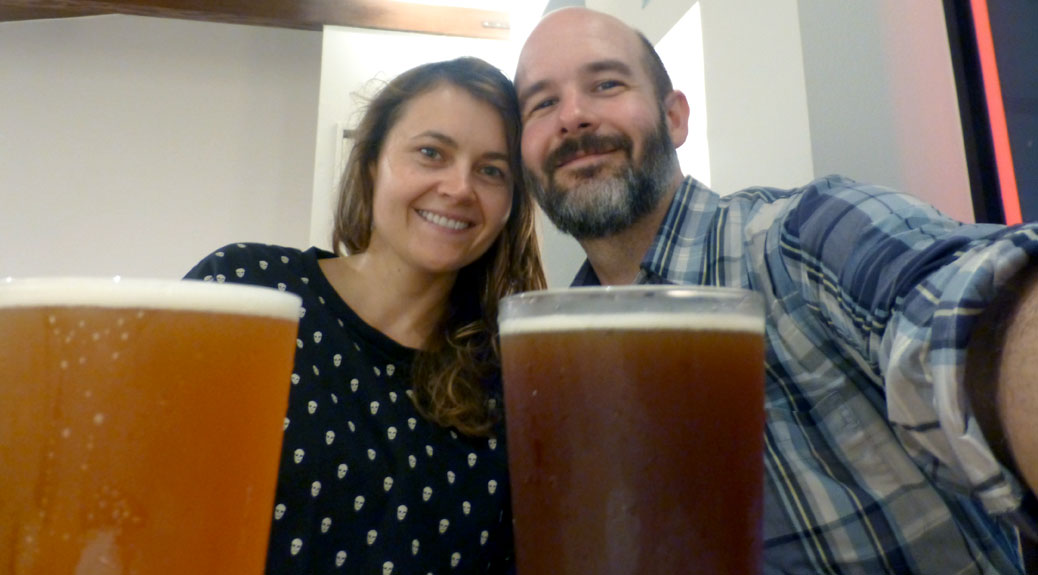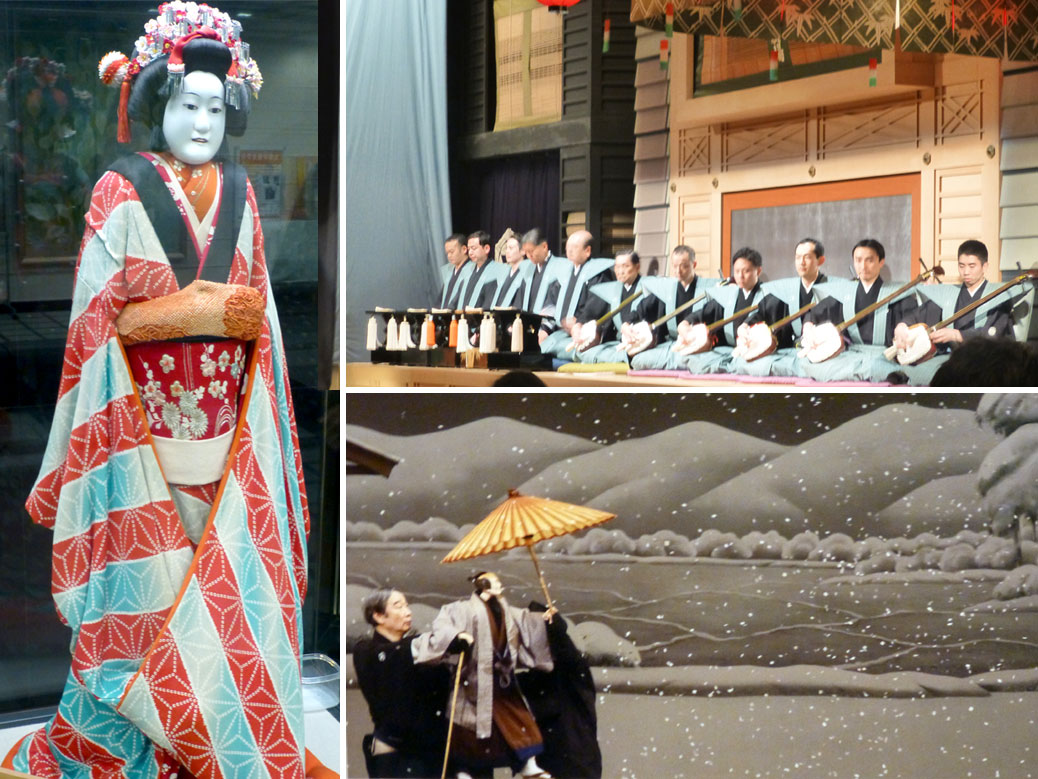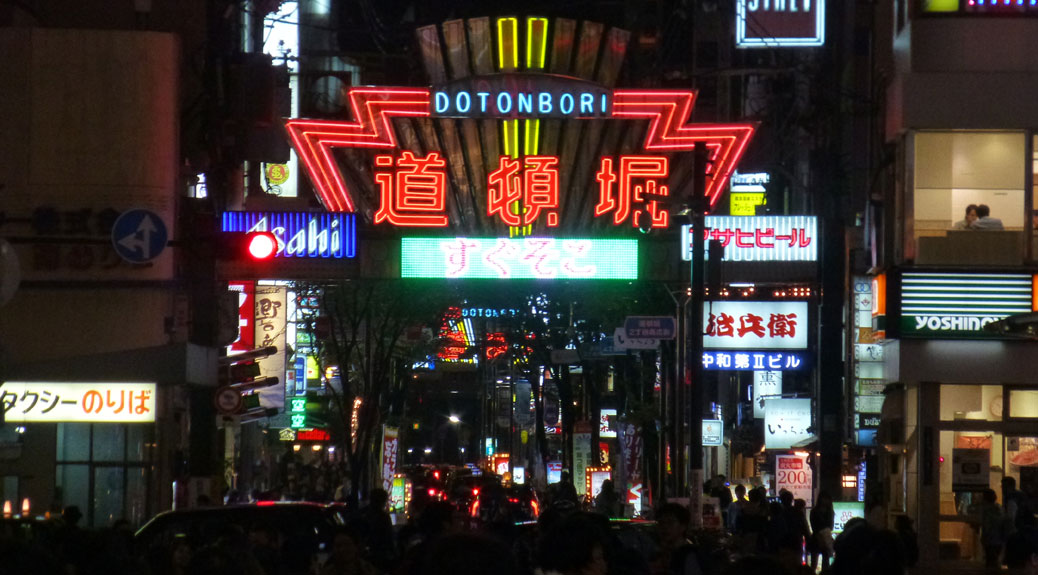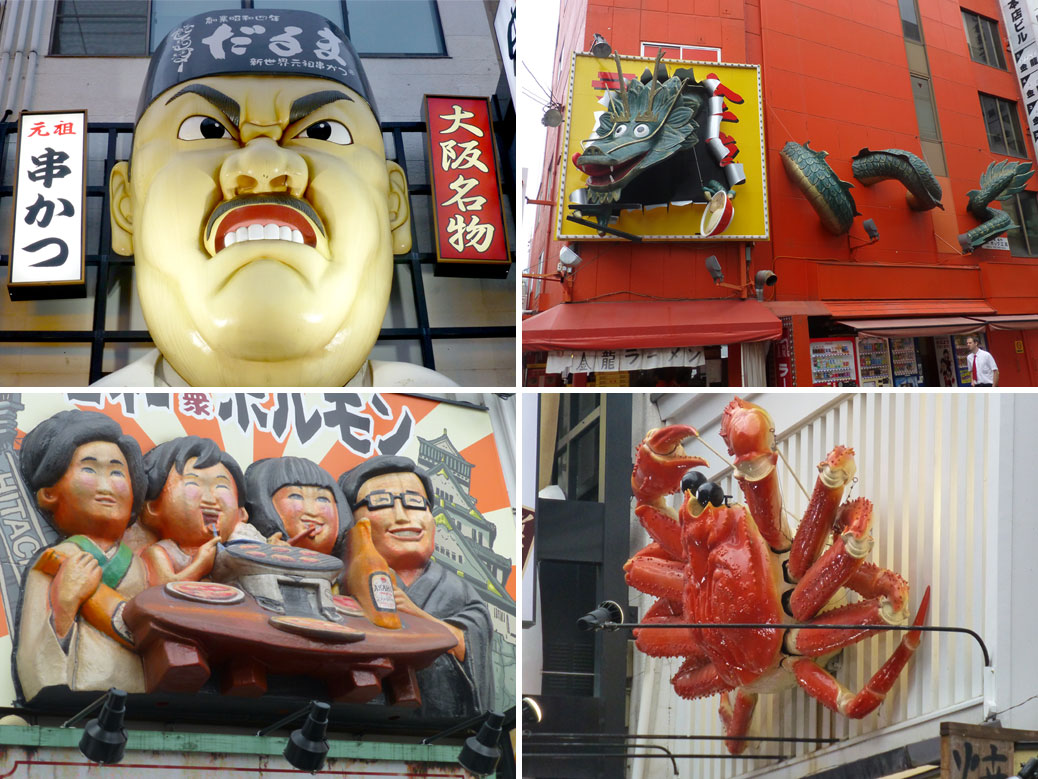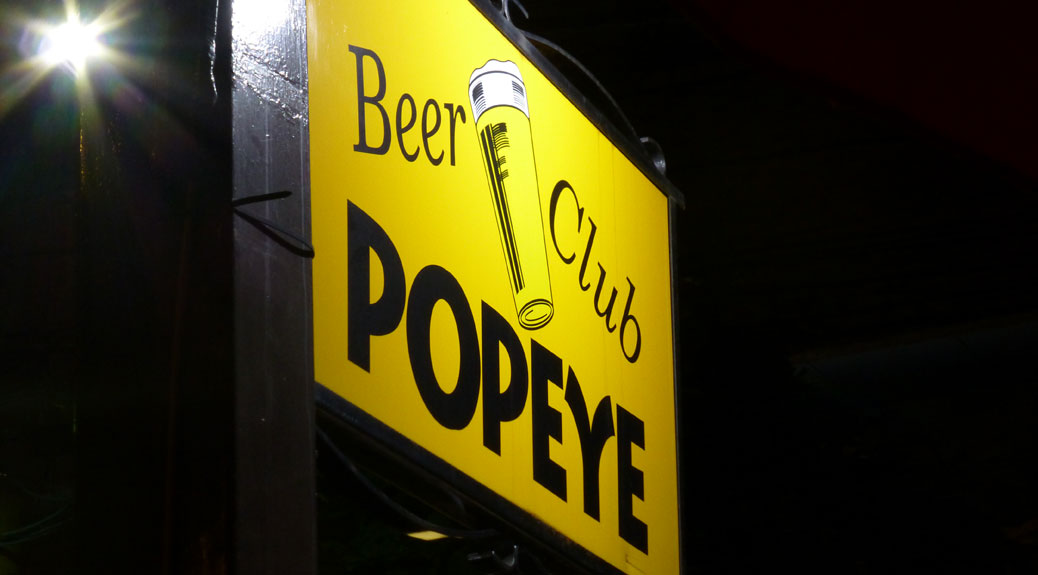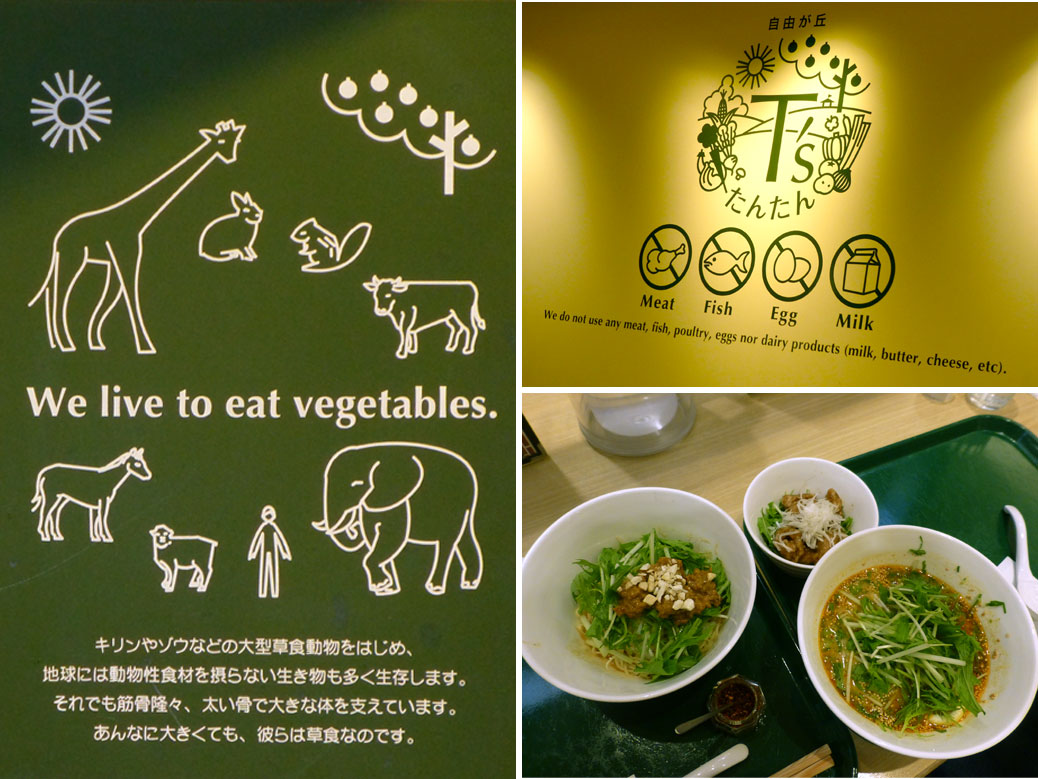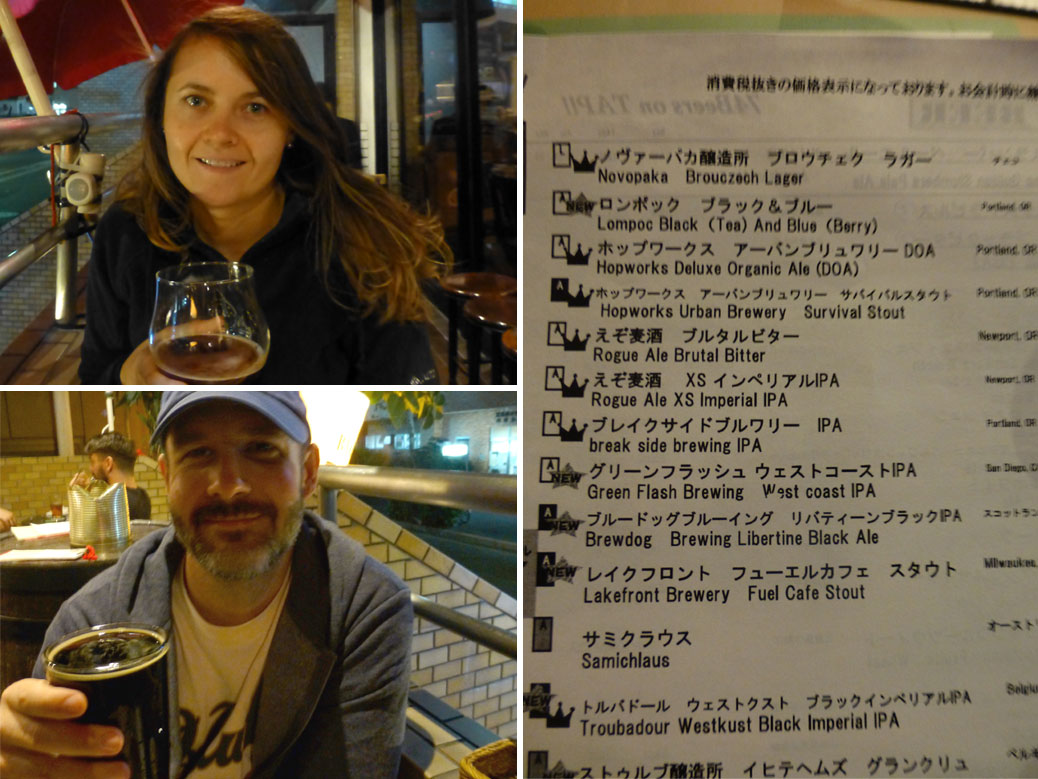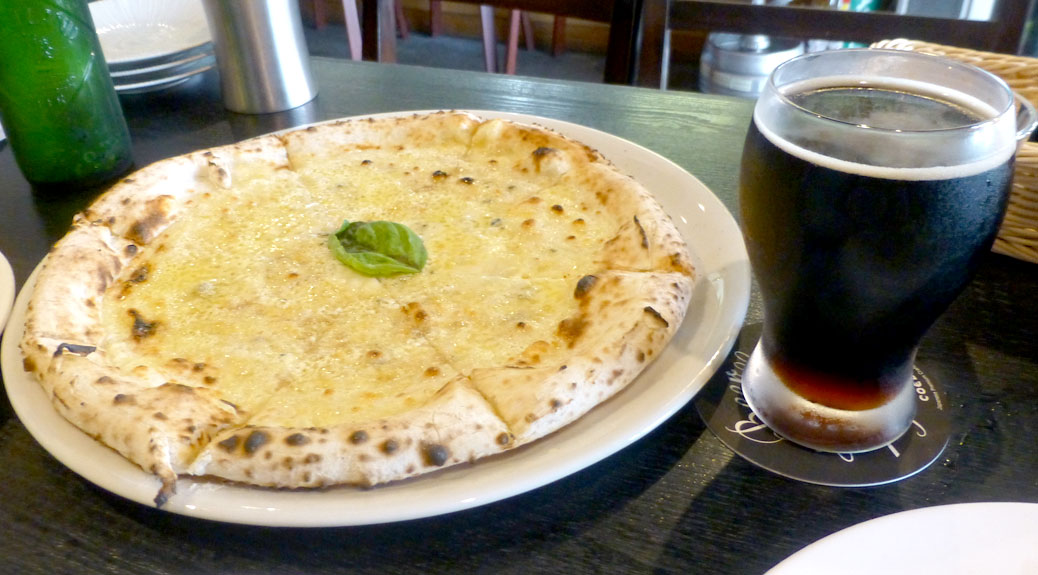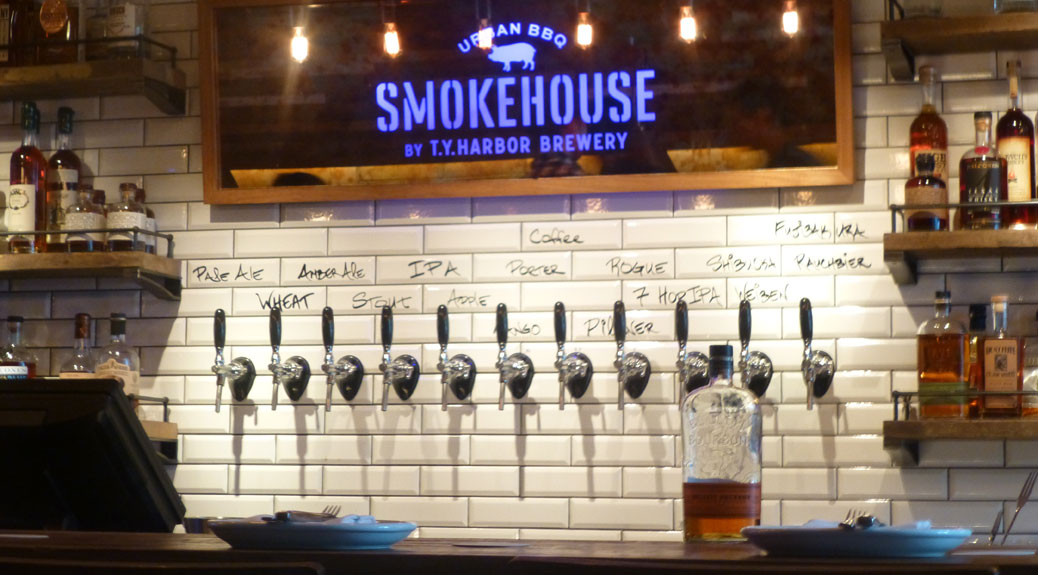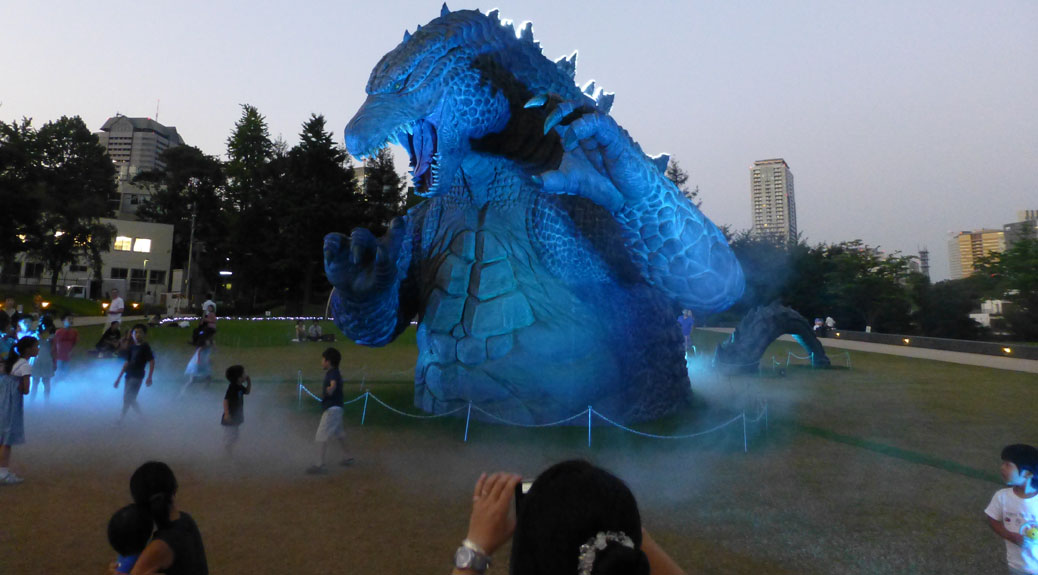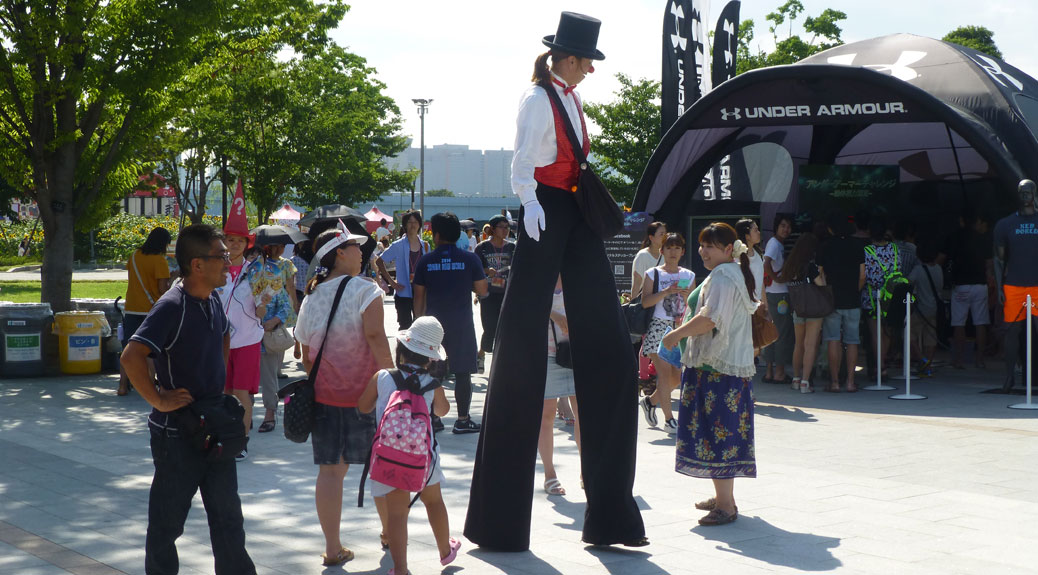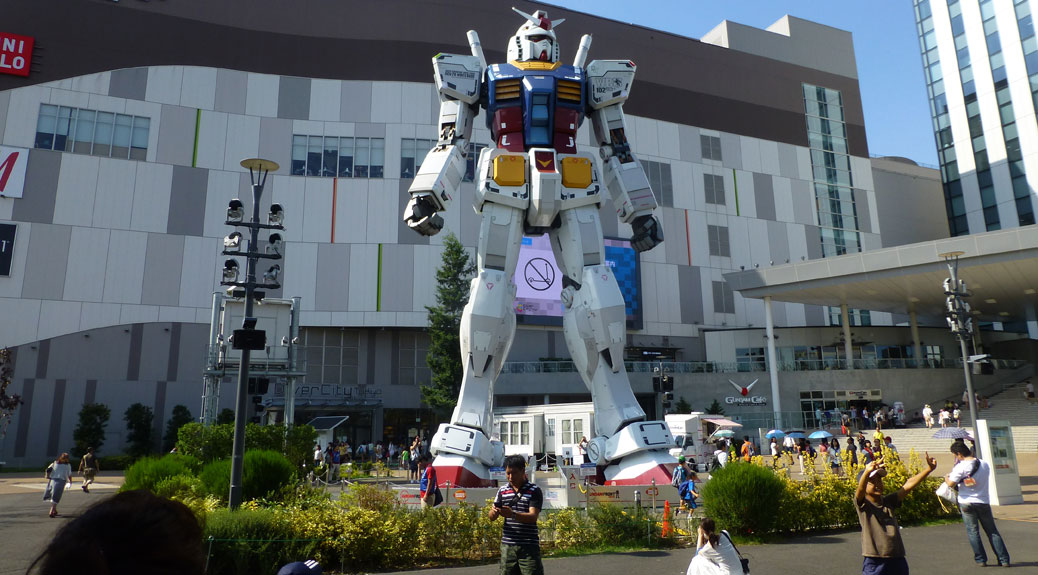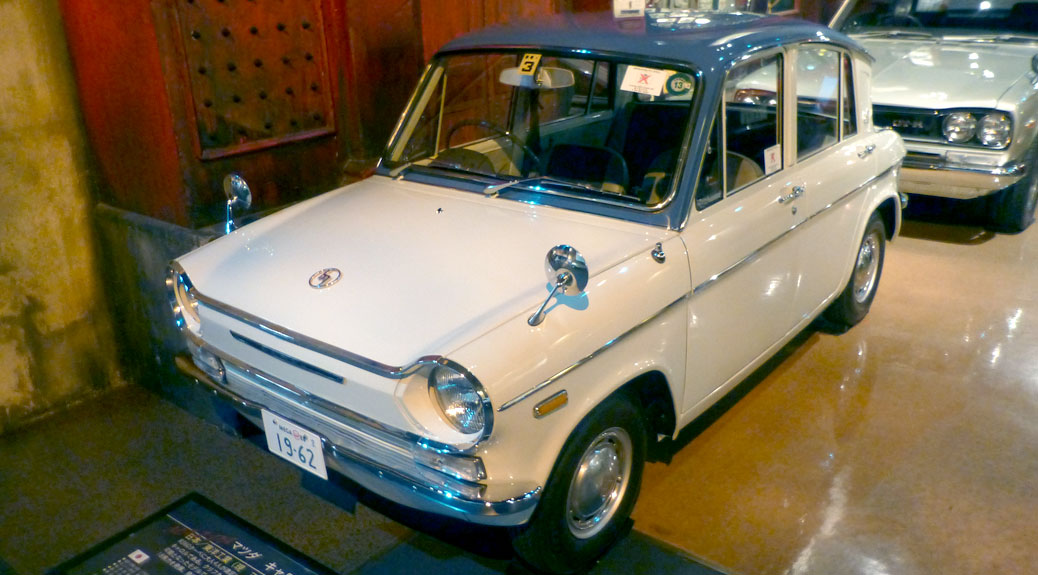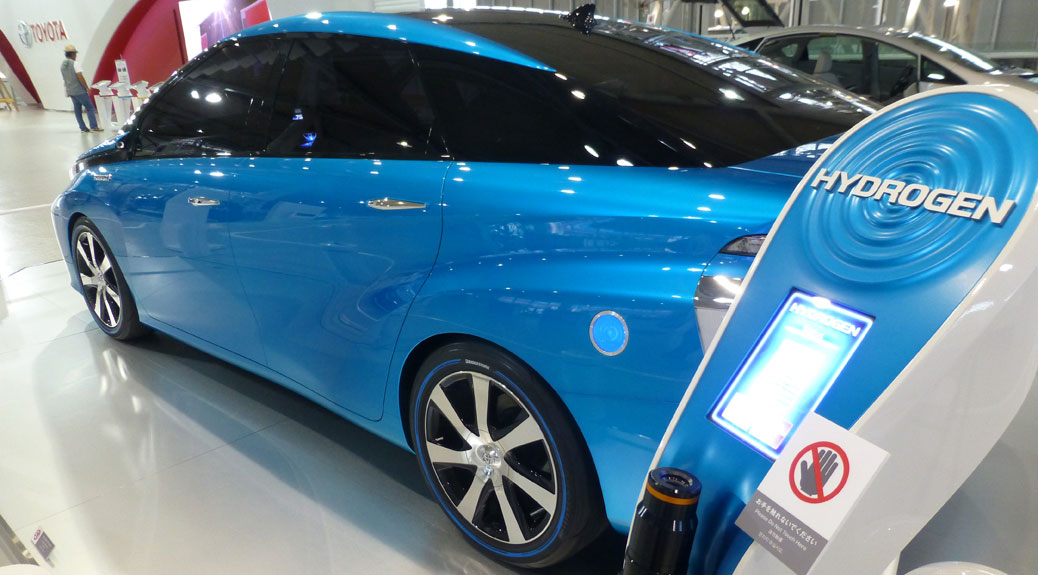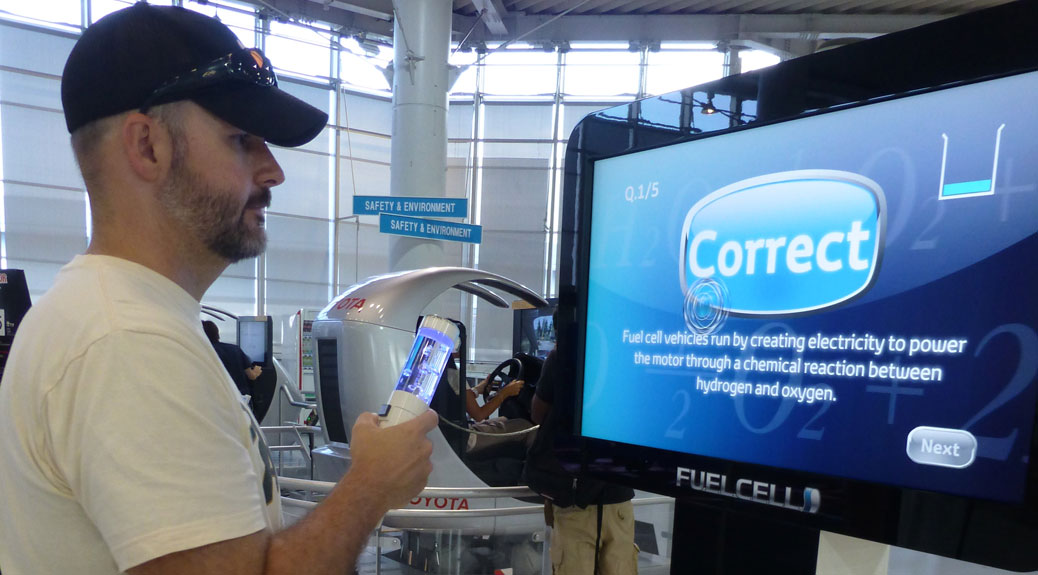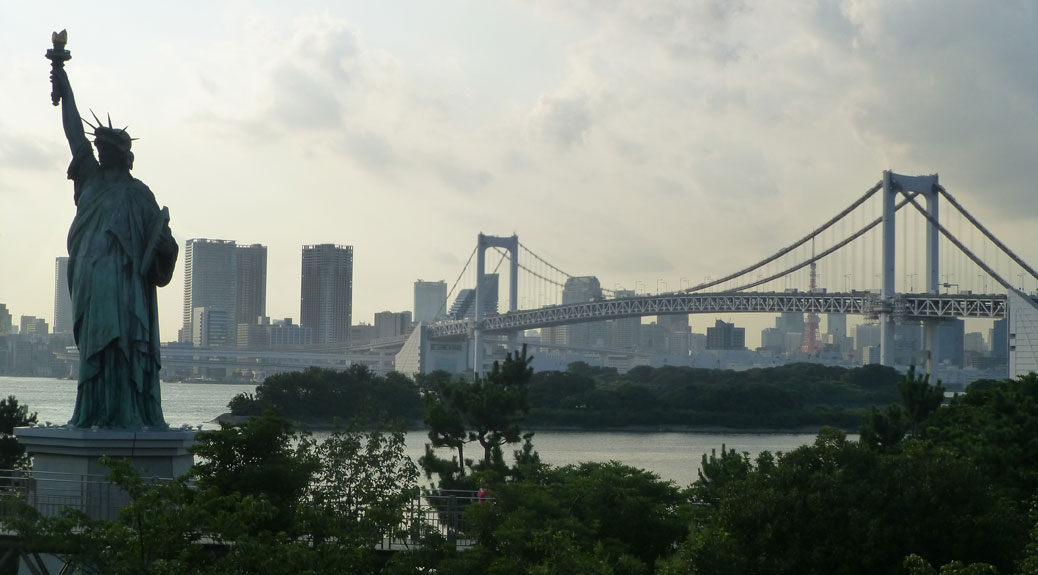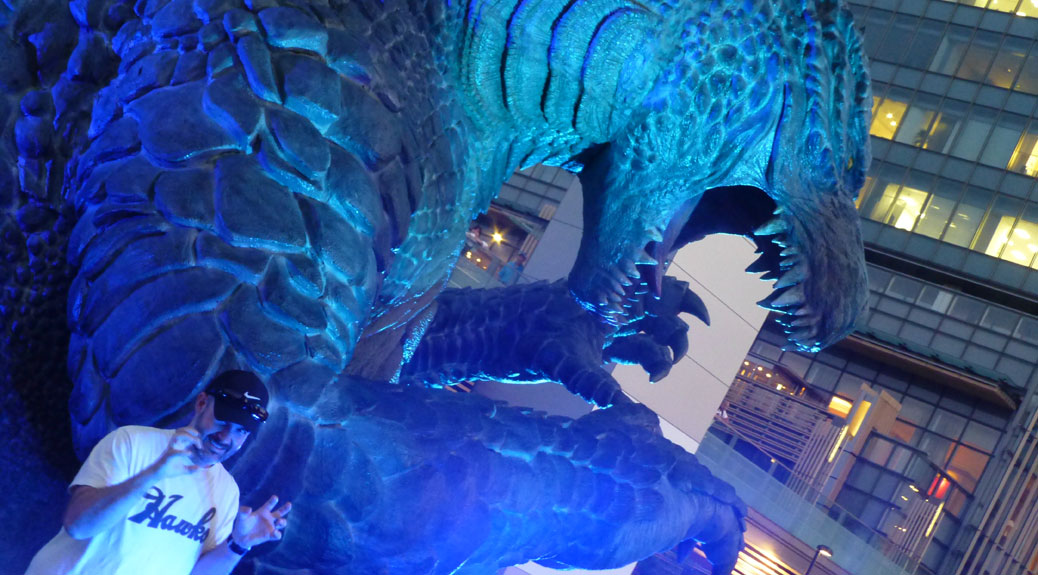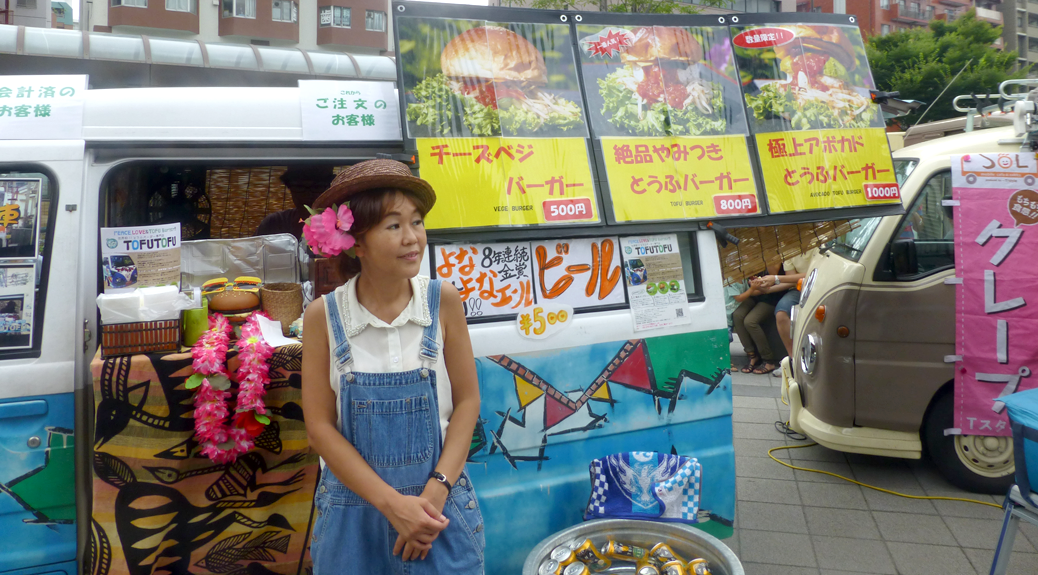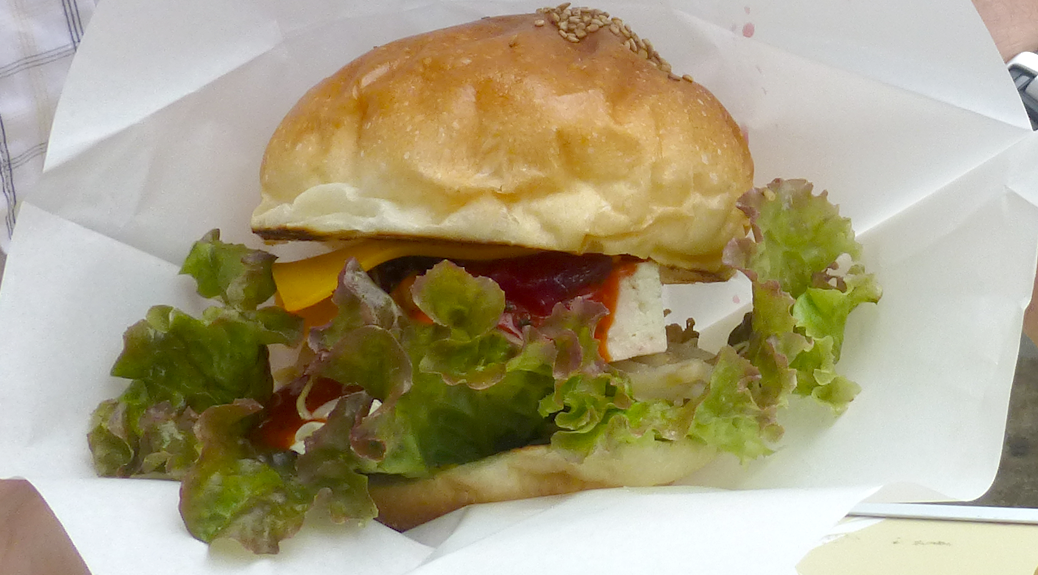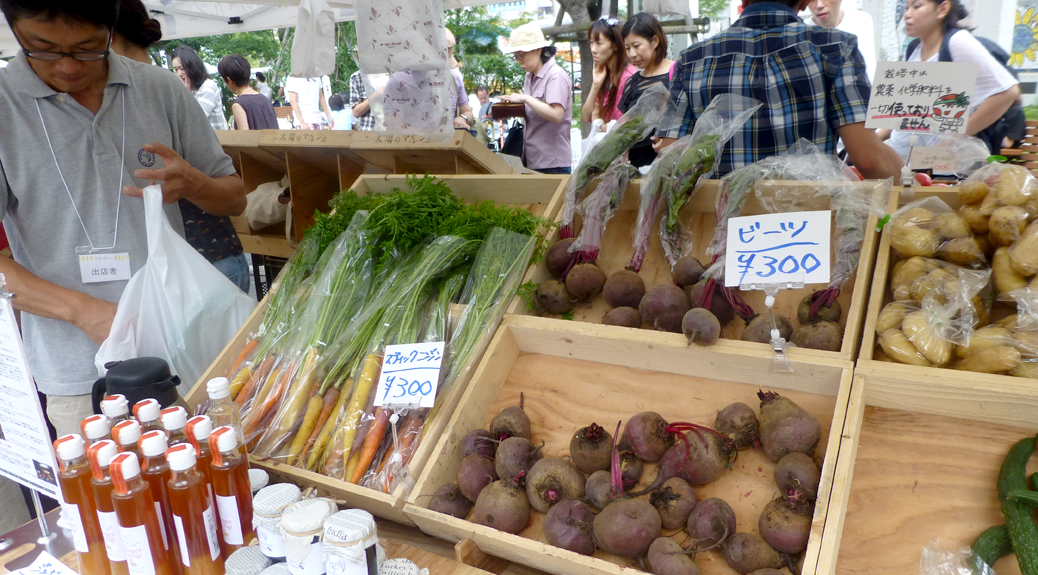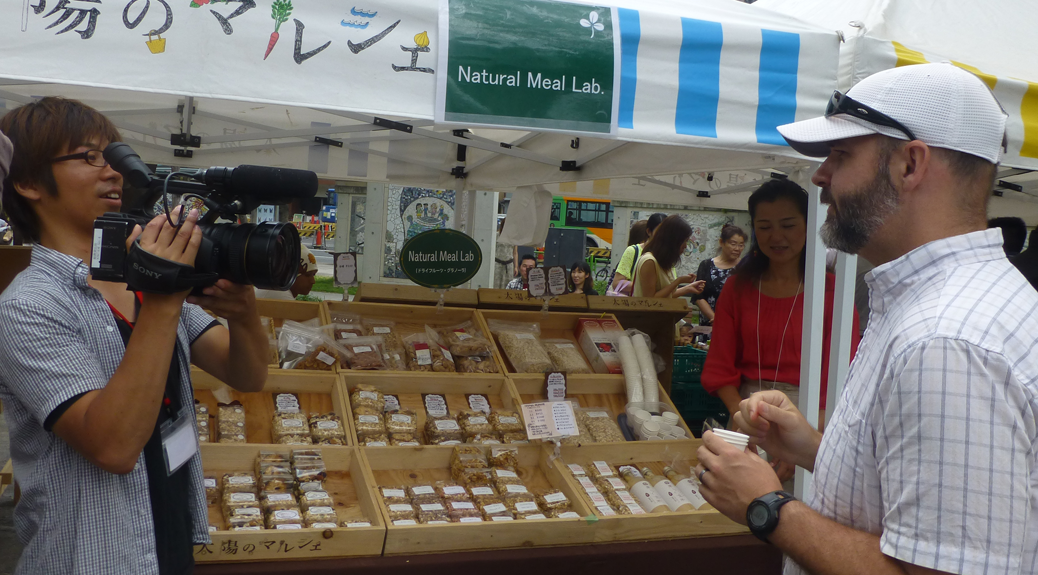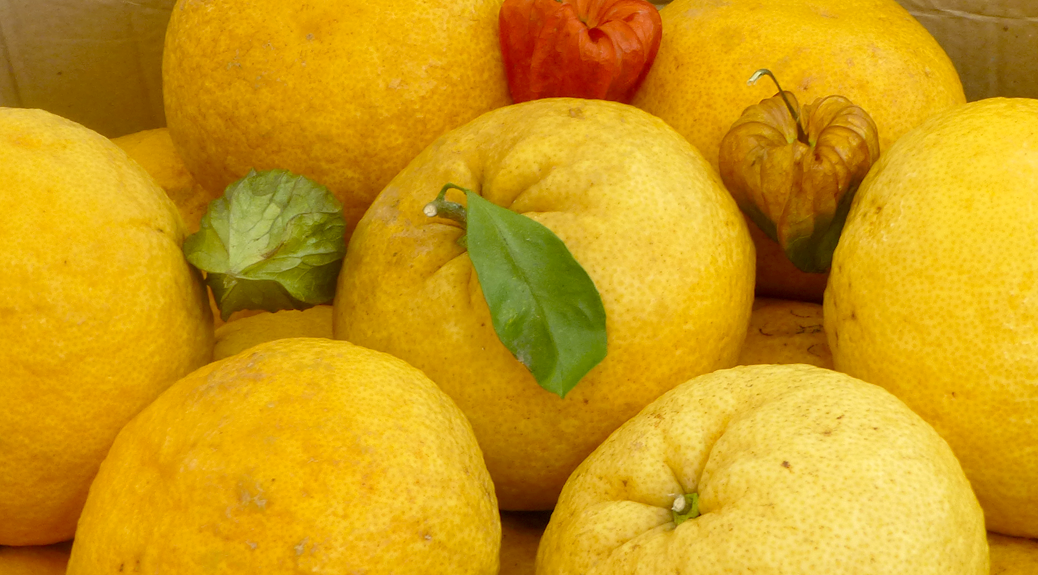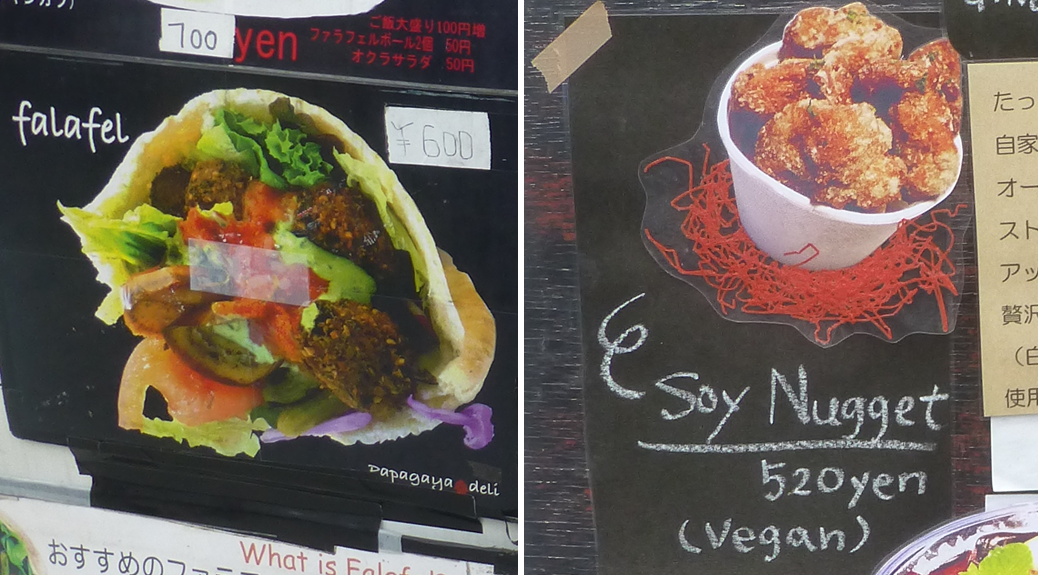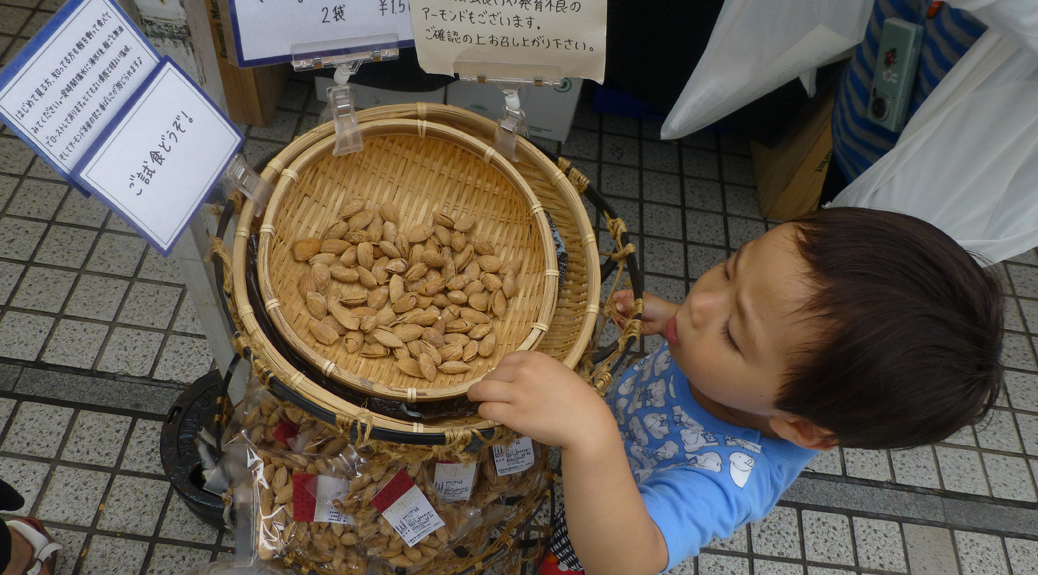A few weeks back, I asked for your burning questions to be answered in future posts. Here’s a question from Cascadian Deni:
We’re really enjoying your blog. You asked for questions a few postings ago. Here’s mine: We understand that Japan is very expensive vis-a-vis food. lodging, etc. Are you finding it so?
We’d heard the same thing before coming to Japan. After nearly nine months on the ground, my answer is “It depends.”
Food
Standard grocery items are similar in price. Here’s prices from last week in Tillamook, OR (thanks Mom!) for some staple items compared with current prices in Kawagoe (converted to USD and comparable measurements).
| Item |
U.S. |
Japan |
| Eggs |
$2.19/12 pk |
$1.75/10 pk |
| Bread (premium) |
$2.19/18 slices |
$1.92/8 slices |
| Bread (store) |
$1.67/20 slices |
$0.82/8 slices |
| Milk |
$0.99/pint (473 ml) |
$0.88/500 ml |
| Apples |
$0.88/lb |
$0.95/lb |
| Bananas |
$0.79/lb |
$1.60/lb |
| Red bell pepper |
$1.79/ea |
$1.08/ea |
| Potatoes |
$0.59/lb |
$0.64/lb |
| Yogurt |
$0.59/cup |
$0.71/cup |
*Prices compared on 12/12/2014 (exchange rate $1 = ¥119.03)
Pretty comparable. One thing that’s a little unique is that many items are sold in packs. For example, you can’t buy a single banana in our local grocery stores. They’re pre-wrapped at a standard weight (usually four or five to a pack). Because apples are in season, we can currently buy them individually, but they’re still priced per apple, not by weight.
Buying bread is probably the trickiest thing. The loaves are packaged in five, six or eight slices with different thicknesses. The most common is called shokupan—a soft, white, chewy milk bread. The thicker slices are kind of like “Texas Toast” while the thin slices are more like Wonder Bread. As with most things, the preference for slice thickness differs by region. We occasionally find whole-wheat bread but usually buy sesame bread (goma no pan/胡麻のパン) or brown rice bread (genmai pan/玄米パン) from the local bakery.
There are some exceptions on both sides. Some fruit—especially melons—is much more expensive in Japan. During the past summer, a whole cantaloupe cost around 1,000 yen ($8.42 USD). One with Hello Kitty’s face carved in the rind went for 5,000 yen (about $42).
Eating out seems to be similar to the U.S…. some places are more expensive than others. When we eat out in Tokyo, we’re usually picking cafe-style vegetarian restaurants where we pay about 1,000 yen for an entree. Japanese fast-food restaurants offer the lunch crowds big bowls of udon or soba for under 500 yen ($4.21 USD). In my opinion, Tokyo is no more expensive than any other large city in the world when it comes to dining out. In fact, I thought prices in Melbourne and Sydney were far higher than anything we’ve experienced in Tokyo.
The one area I’ll concede is more expensive on average is Tokyo’s craft beer bars. It’s common to pay 900-1200 yen ($7.58-10.11) for a pint of craft beer. Even the big brewery beers are 500 yen for a large glass.
Shelter and Transportation
Living expenses are where “it depends” really comes into my answer. Our lifestyle in Japan is significantly different than it was in the U.S.
Our two-bedroom apartment in Japan is about 1,400 square feet smaller than our house in Oregon. Our rent is much less than our mortgage and it’s less expensive to heat. The garbage bill is covered by the rental company. However, we pay less for rent than I paid in Salem, OR in 2005 for a place roughly the same size.
Utilities are reasonable as well. Our fiber-based internet is fast and less than we paid for Comcast high-speed service. Electricity and gas is also less, which only seems fair with the difference in home size.
Japan also suffered a housing bubble burst in 2008-09 as the U.S., but the market in the metropolitan areas has rebounded in recent years. New construction in our area also seems to be booming. Since we arrived in March 2014, four very large homes have been built on our street. Watching them being built from the ground up, I’d guess they’re about 2,200 square feet, which probably puts them in the $300,000 price range.
As I mentioned before, our lifestyle here is significantly different than it was in the U.S., which makes comparing some things difficult. We chose not to have cell phones while in Japan, which average more than $100 a month in the U.S.
We used to commute 45 minutes each way and, even with our gas-friendly Toyota Prius, we were still paying $40 a week for gas. Viktoria commutes to work through the courtesy of her own two feet, so we’re not paying for gas, vehicle maintenance or insurance. We regularly use trains and local buses, which can be as much as 1,500 yen each if we’re gallivanting around Tokyo, but usually 1,000 yen will last a couple weeks for trips around Kawagoe.
We have three large grocery stores, a giant home goods store and a 100 yen shop (like a Dollar Store in the U.S., although with the current exchange rate, it’s more like the 84 Cent Store) within a few blocks of our apartment, so we’re not paying jacked-up prices as a result of shopping local.
Health
Fortunately, we haven’t had to exercise our Japanese national health care plan yet. Upon becoming residents in Japan, we received our national health care cards. I’d rather not have to write the experiential post about how the health care system works. I’ve heard second-hand stories about how it seems more inconvenient than U.S. health care (requiring doctor visits for every prescription refill, preventative dental care isn’t as common), but I can’t validate those myself.
In the U.S., we were both public employees and had access to affordable, quality health care through our employers. In the last couple years, we had to start making small monthly pre-tax contributions, but it was still far better than what most private-sector employees contribute.
Travel
Traveling in country can be expensive, but it all depends on your lodging and transportation choices. For example, we found an excellent deal (less than $100/night) at the Hilton overlooking Hakata Bay and Fukuoka Tower when we went to Fukuoka in June. We used Airbnb (affiliate link) to find apartments on our recent trip to Osaka and Kyoto. We loved Airbnb when we traveled at home and usually found it to be far more affordable, convenient and comfortable than staying in hotels.
Transportation is usually the most expensive part of any trip and that’s no different in Japan. We flew from Tokyo to Fukuoka (548 miles) for about the same price as a flight from Portland to San Francisco (536 miles). The Shinkansen (bullet train) to Osaka was about 300 miles and was more expensive than flying, but that’s without considering the cost of the Shinkansen from Tokyo to the airport and back again. In the end, it was probably still more expensive to take the train, but also much more comfortable.
“Isn’t Japan Expensive?”
In our experience, I’d say the answer is “For some things, yes, but generally it’s no worse than the U.S.” Our personal cost of living is much less in Japan than in the U.S. For tourists, I don’t think it’d be much worse than our experiences in San Francisco, Chicago or Washington D.C. as far as dining out or lodging goes.
Thanks to Deni for the great question!









